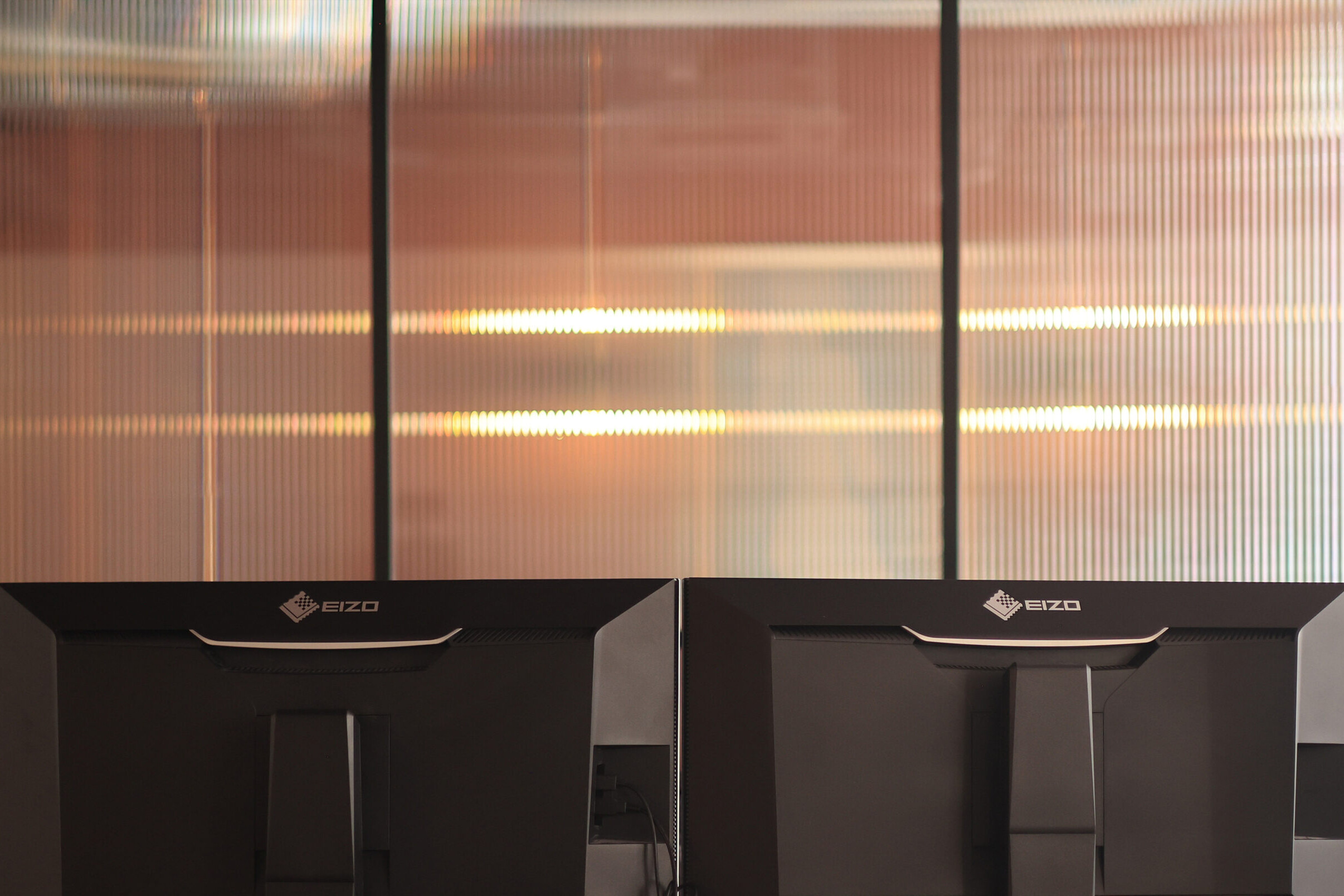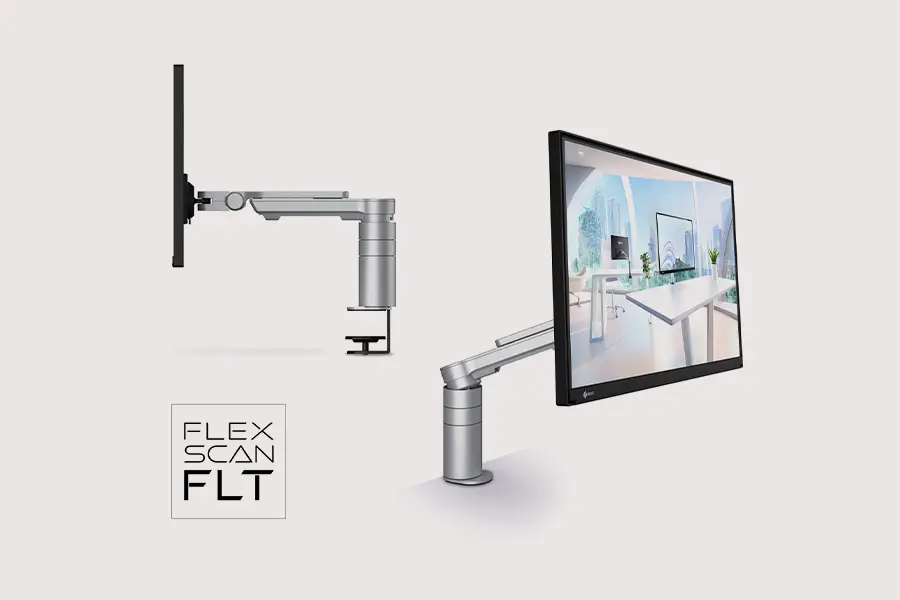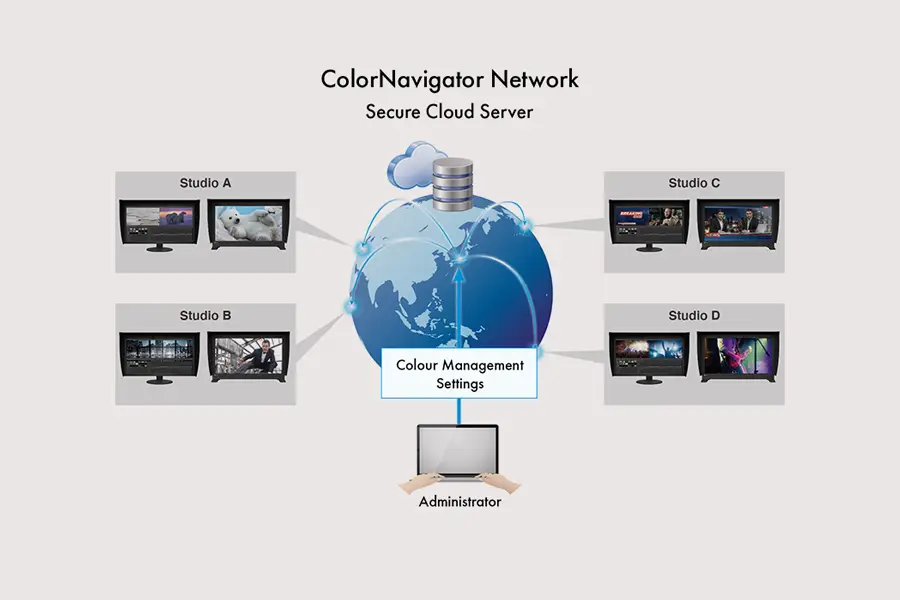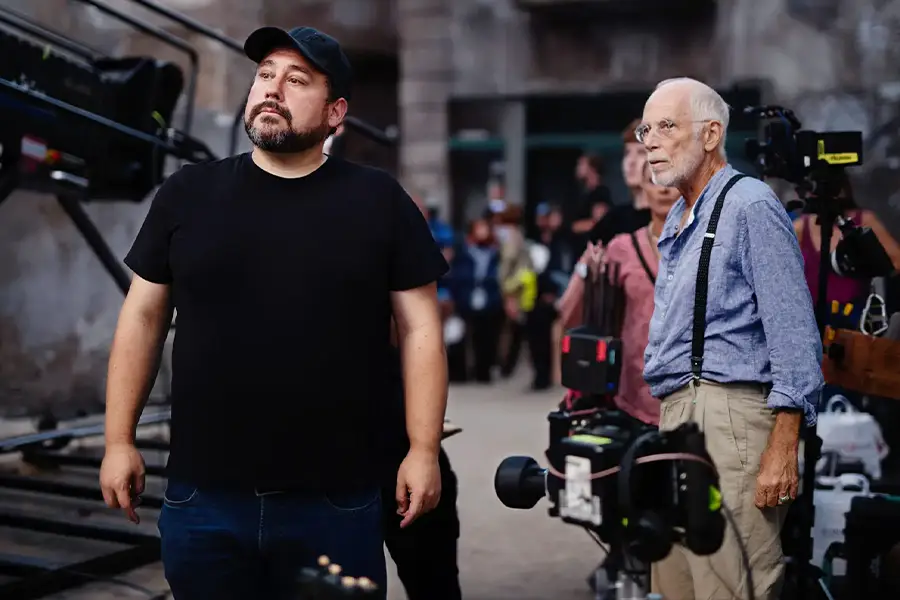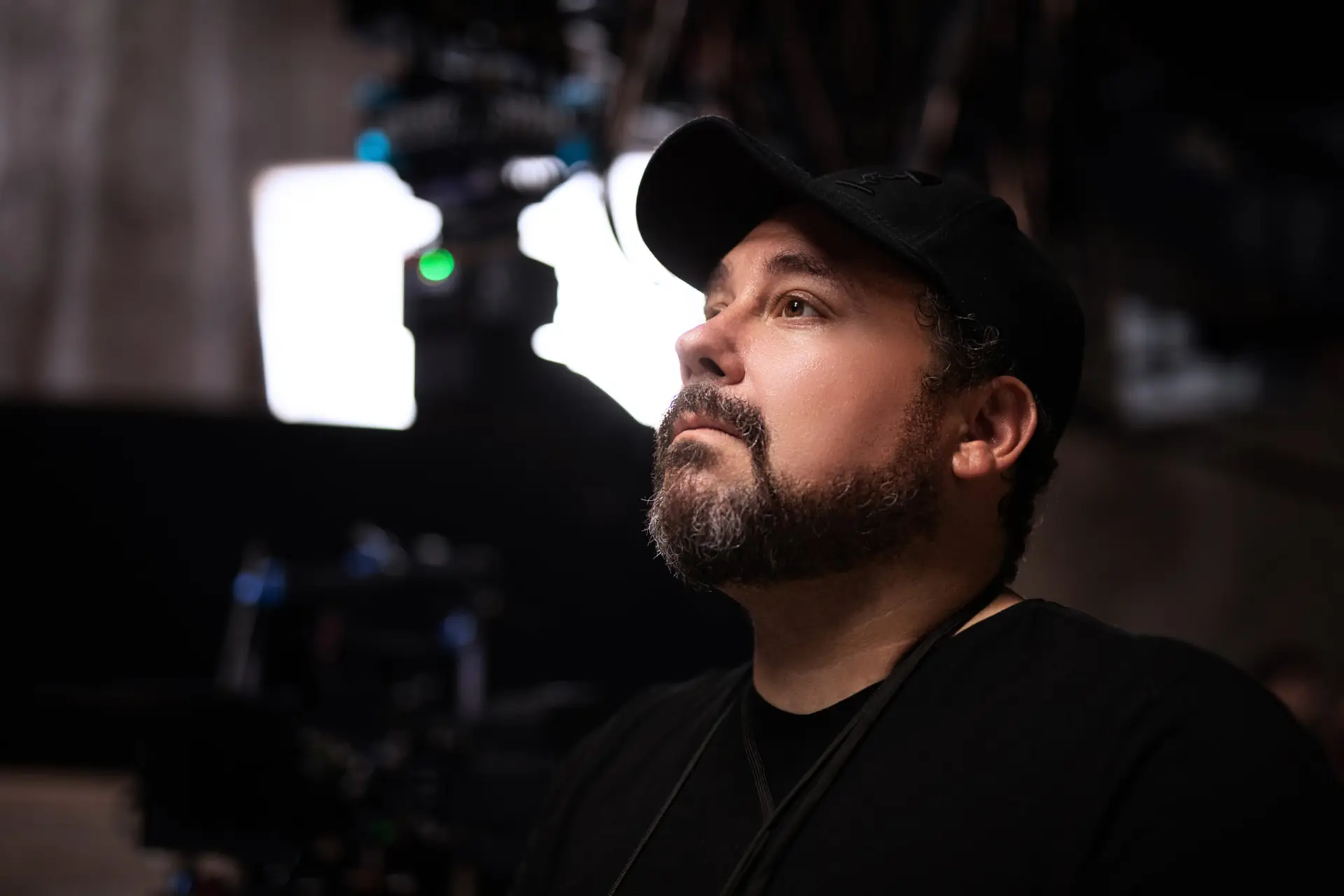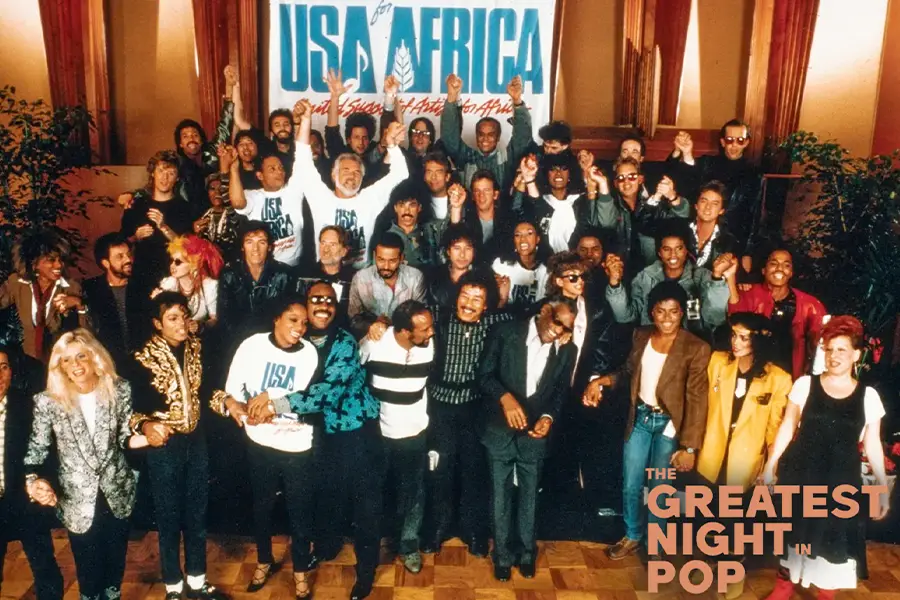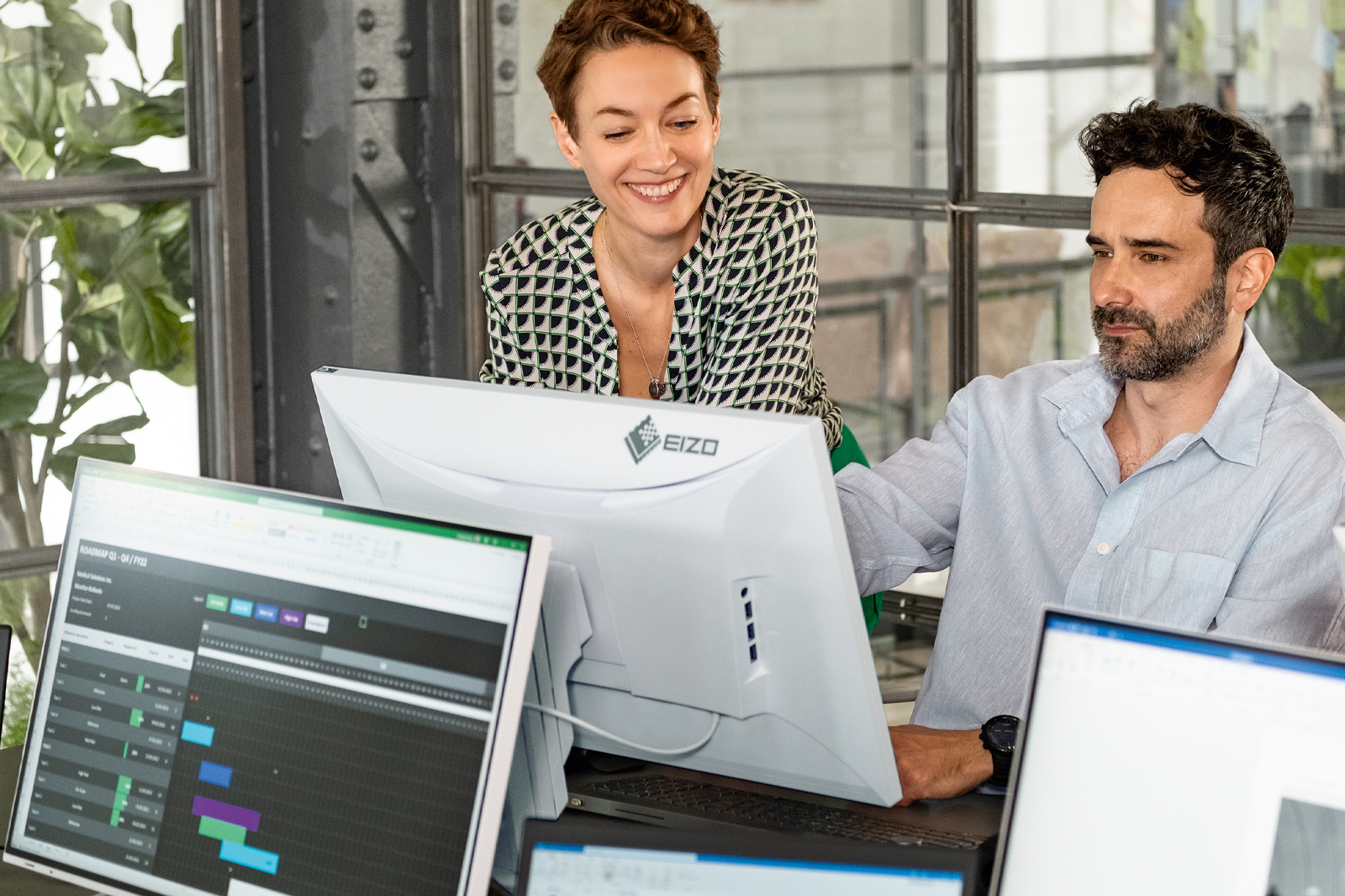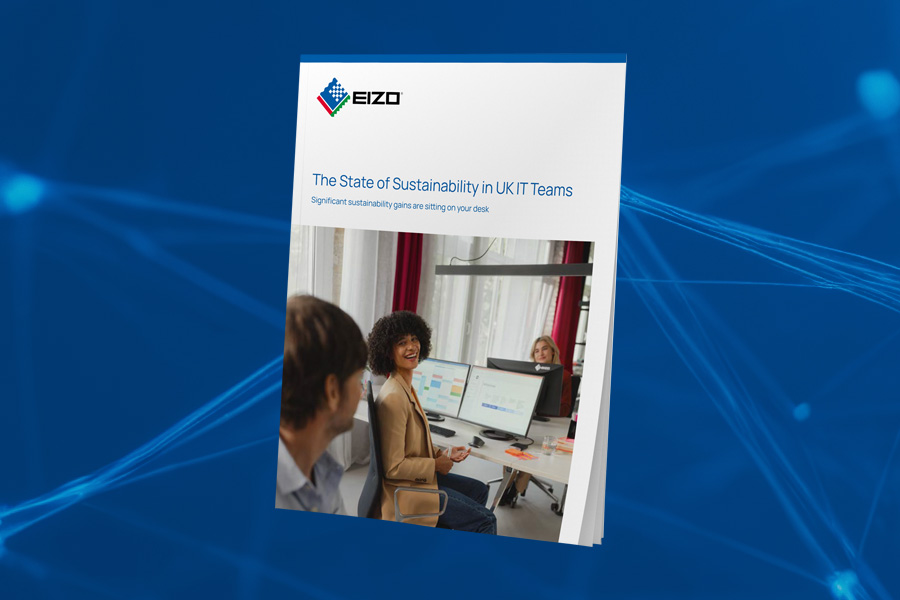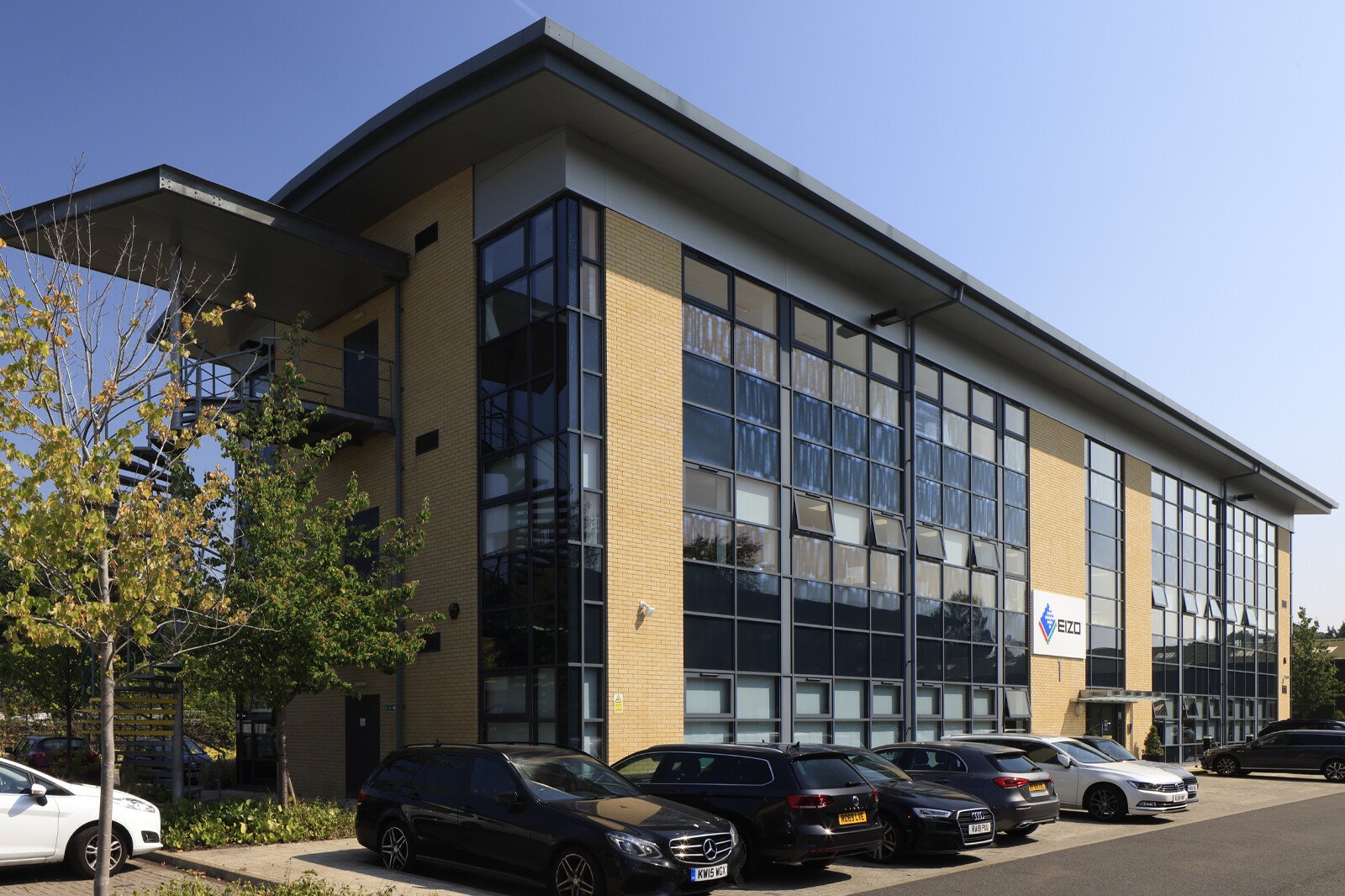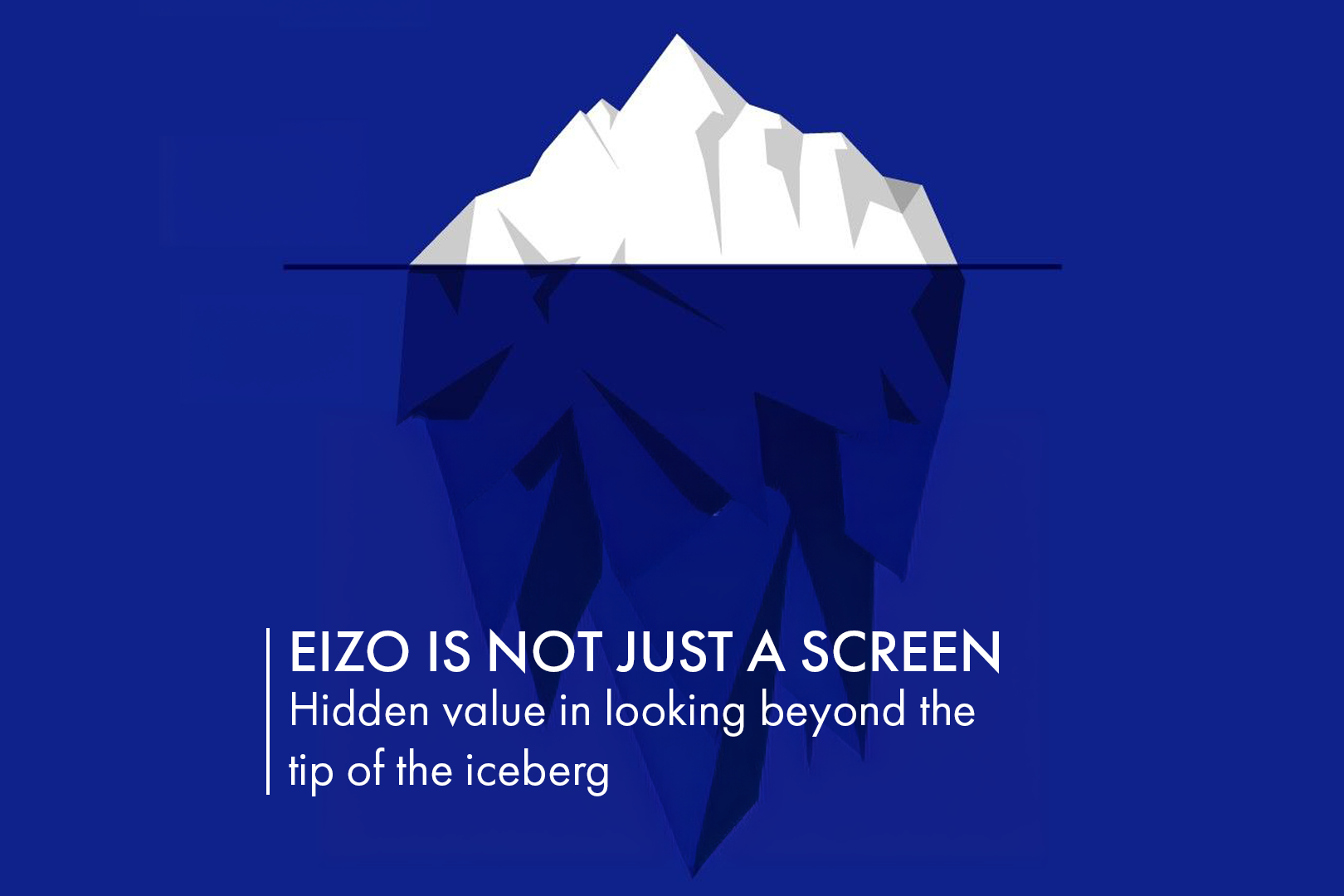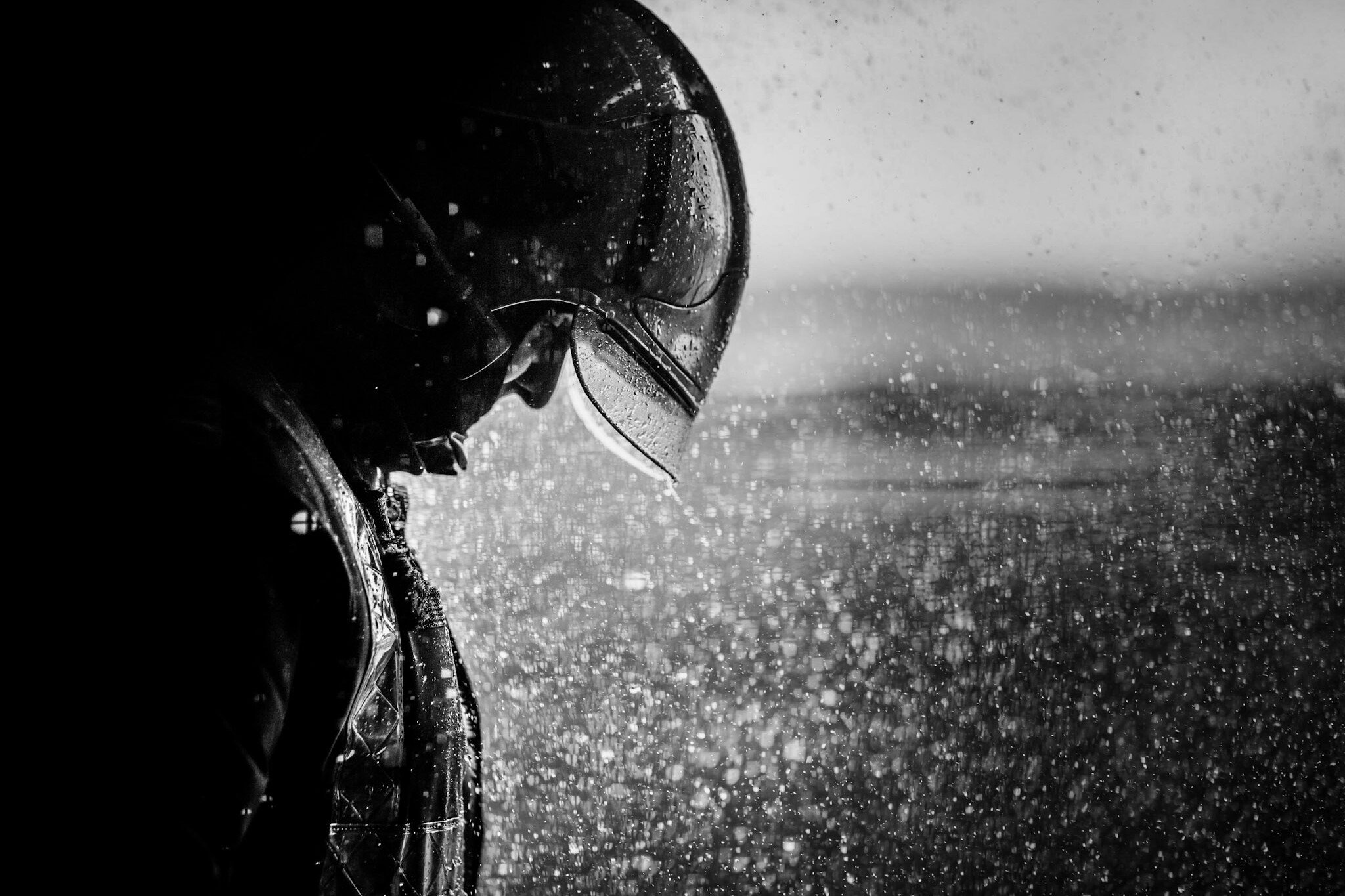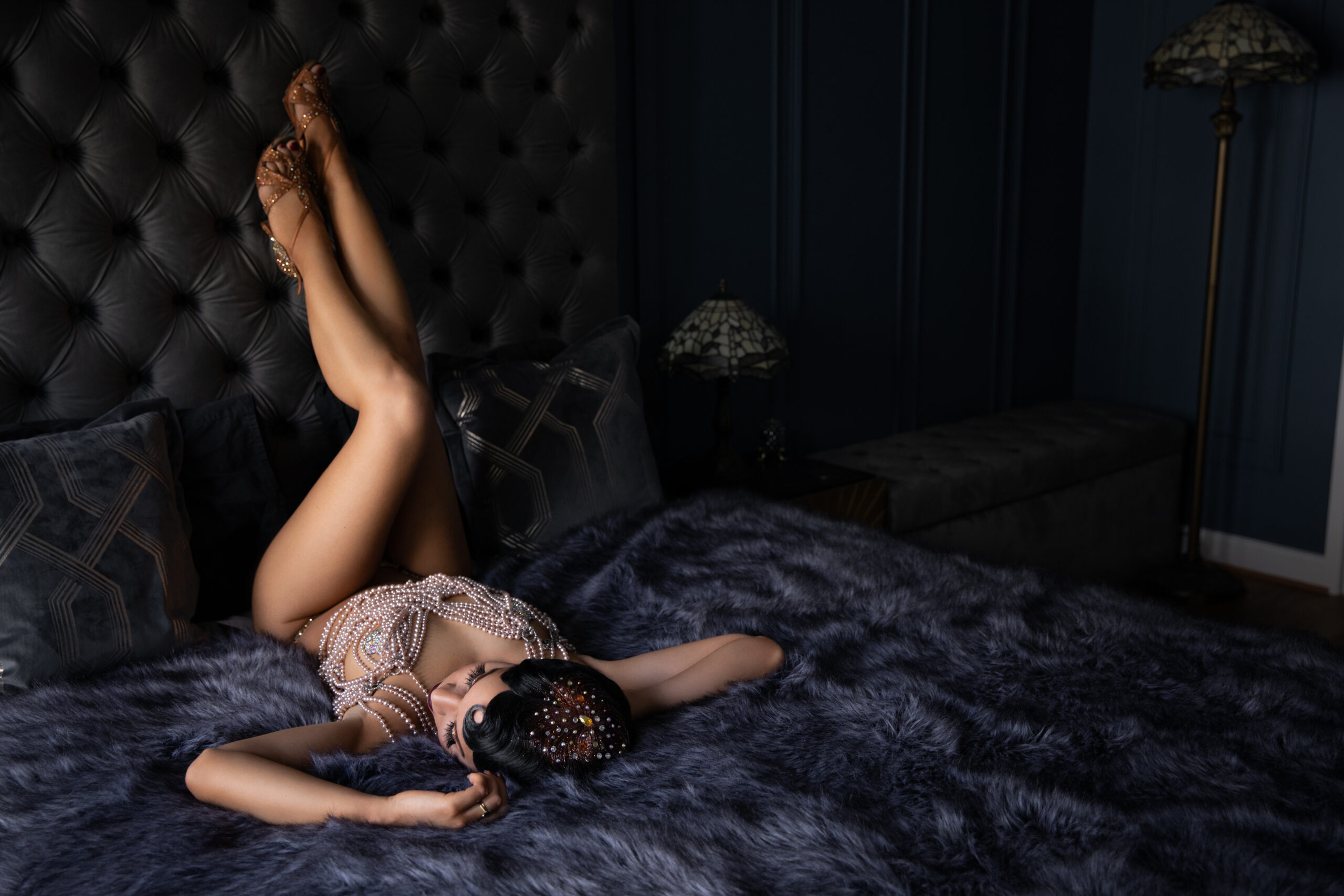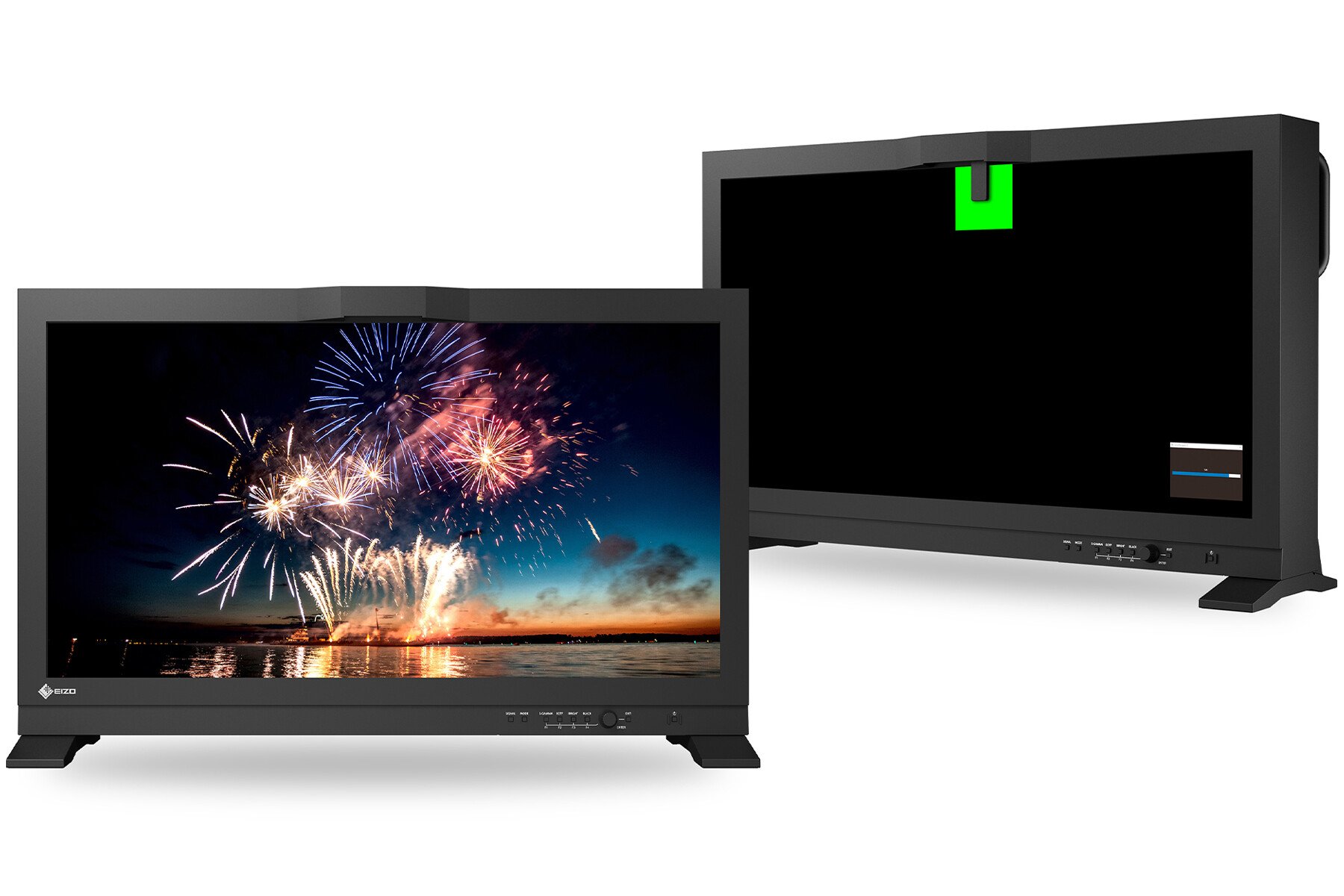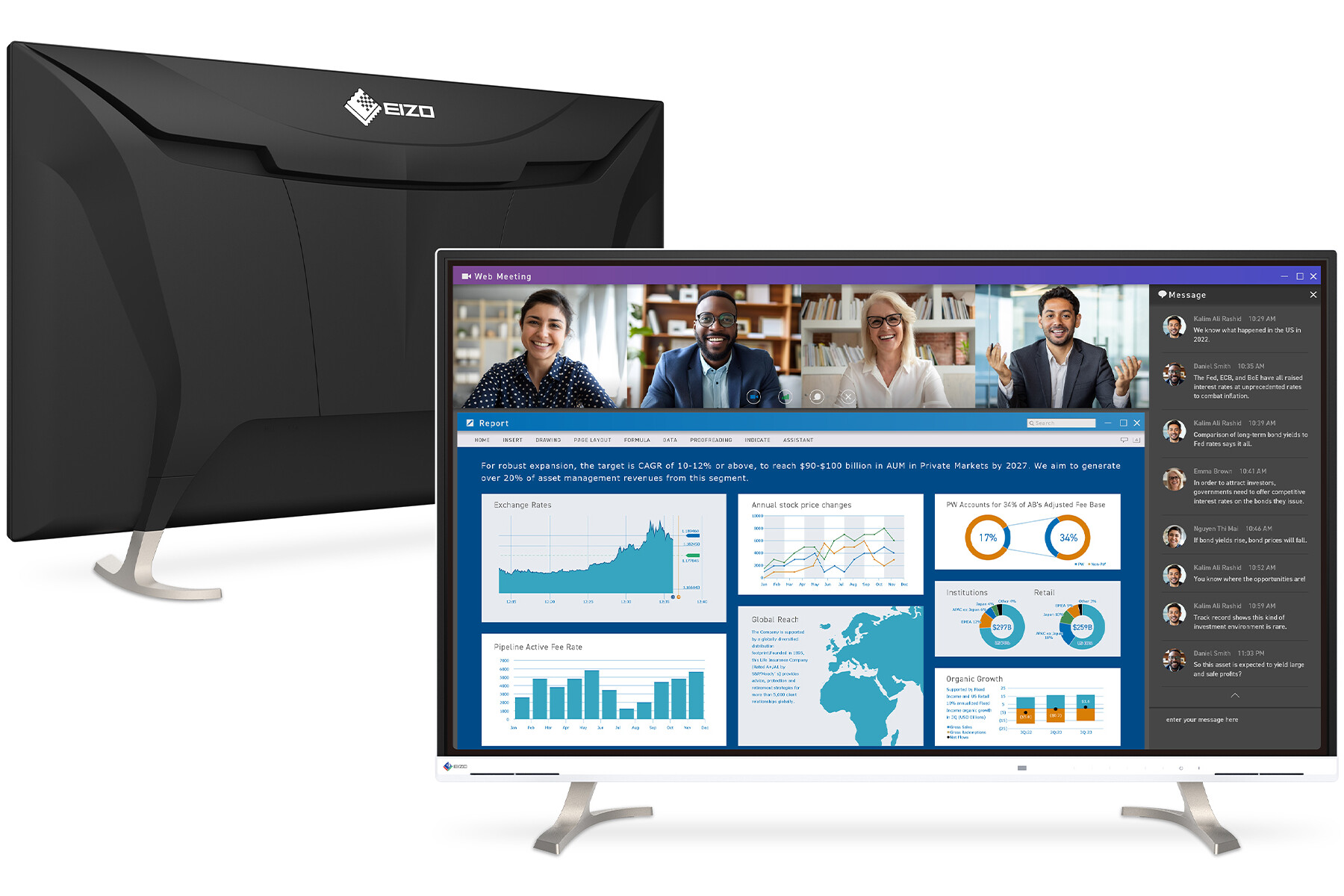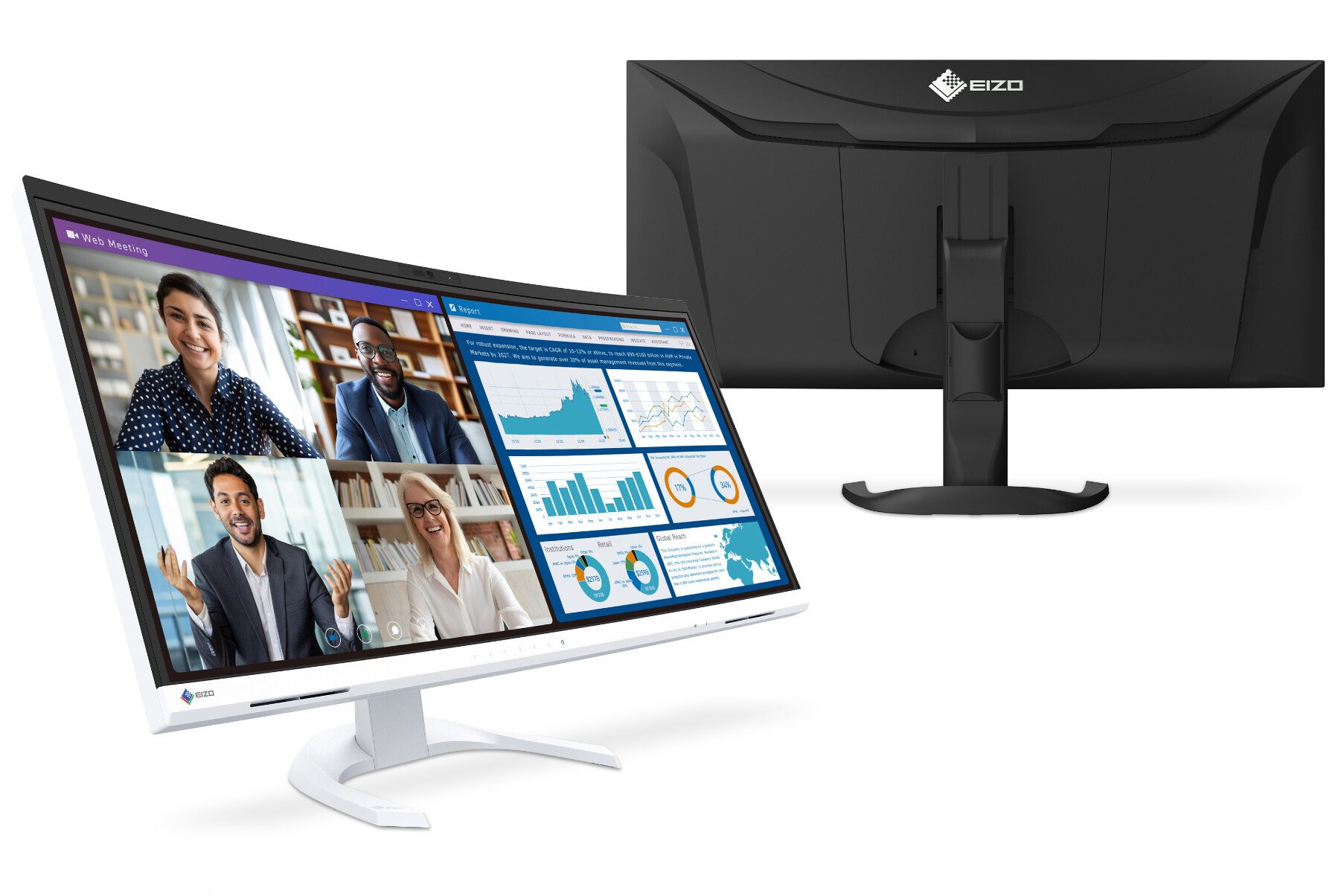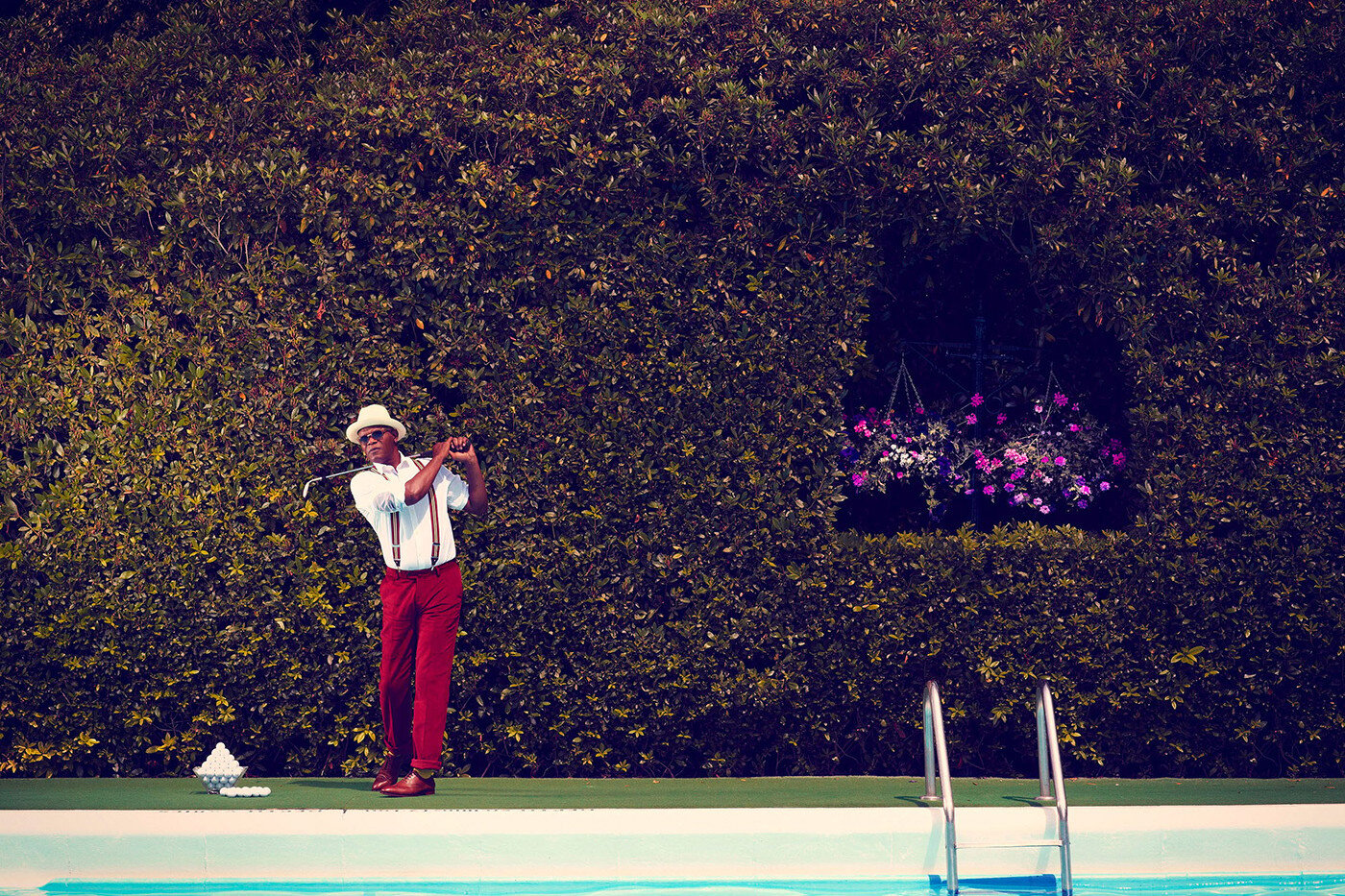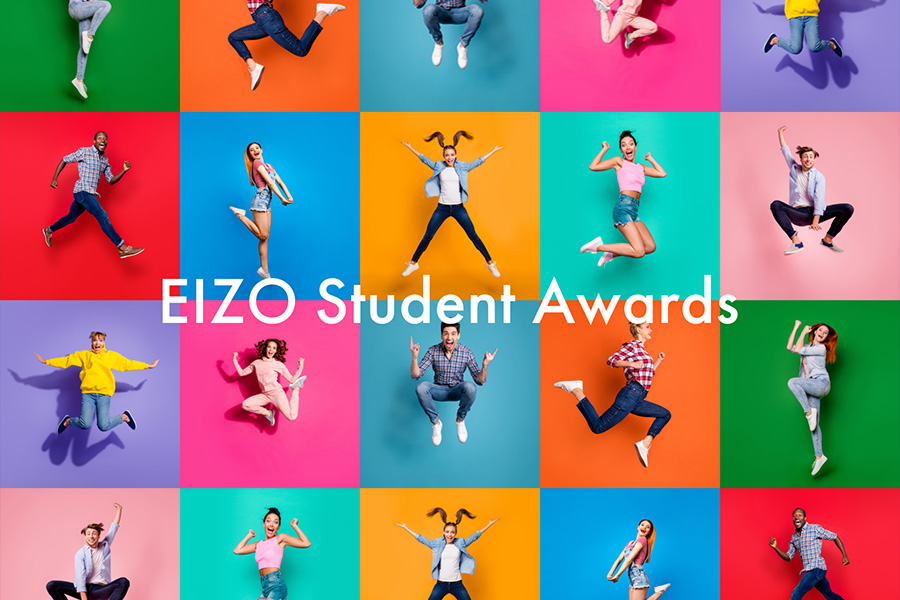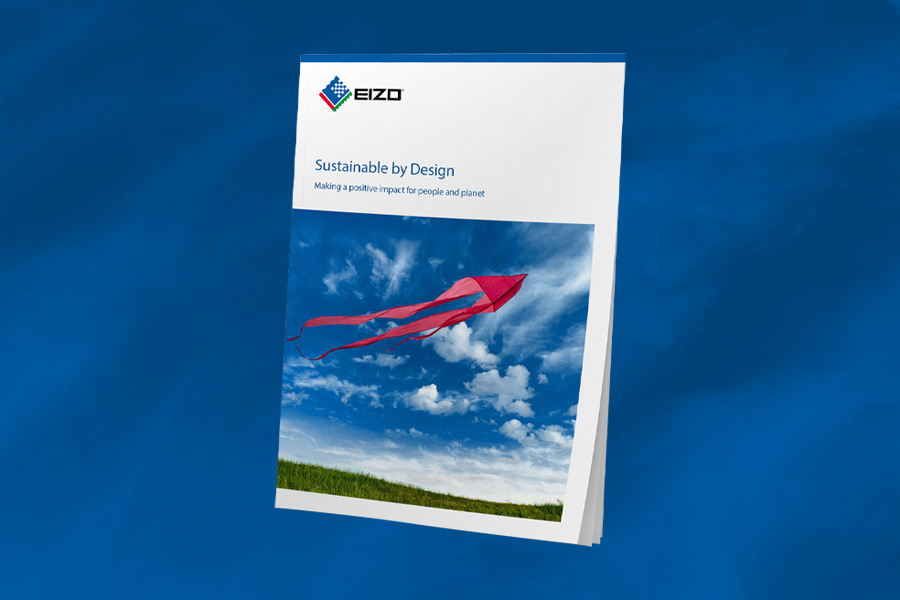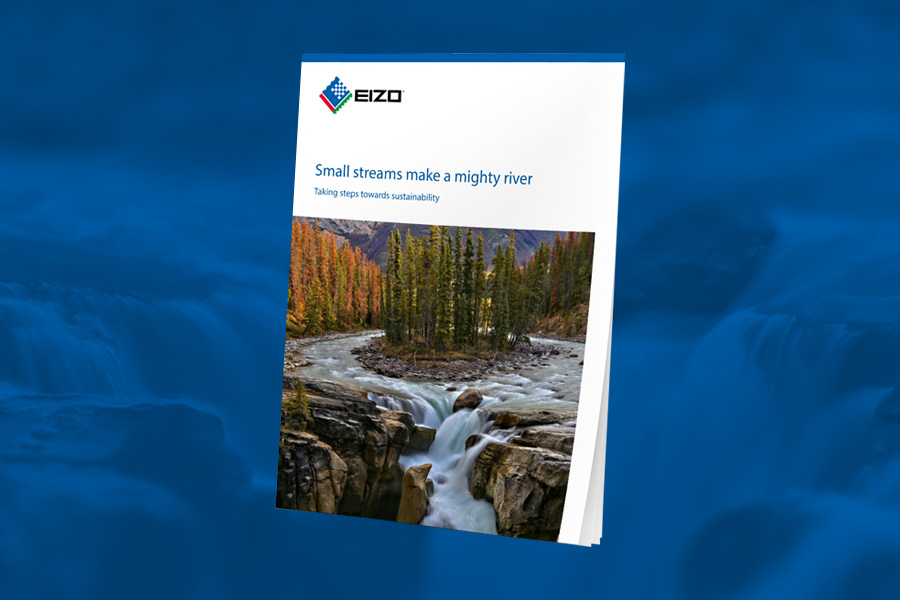In conversation with Ellie Rothnie
Talking to Mike Owen, Head of Marketing at EIZO UK
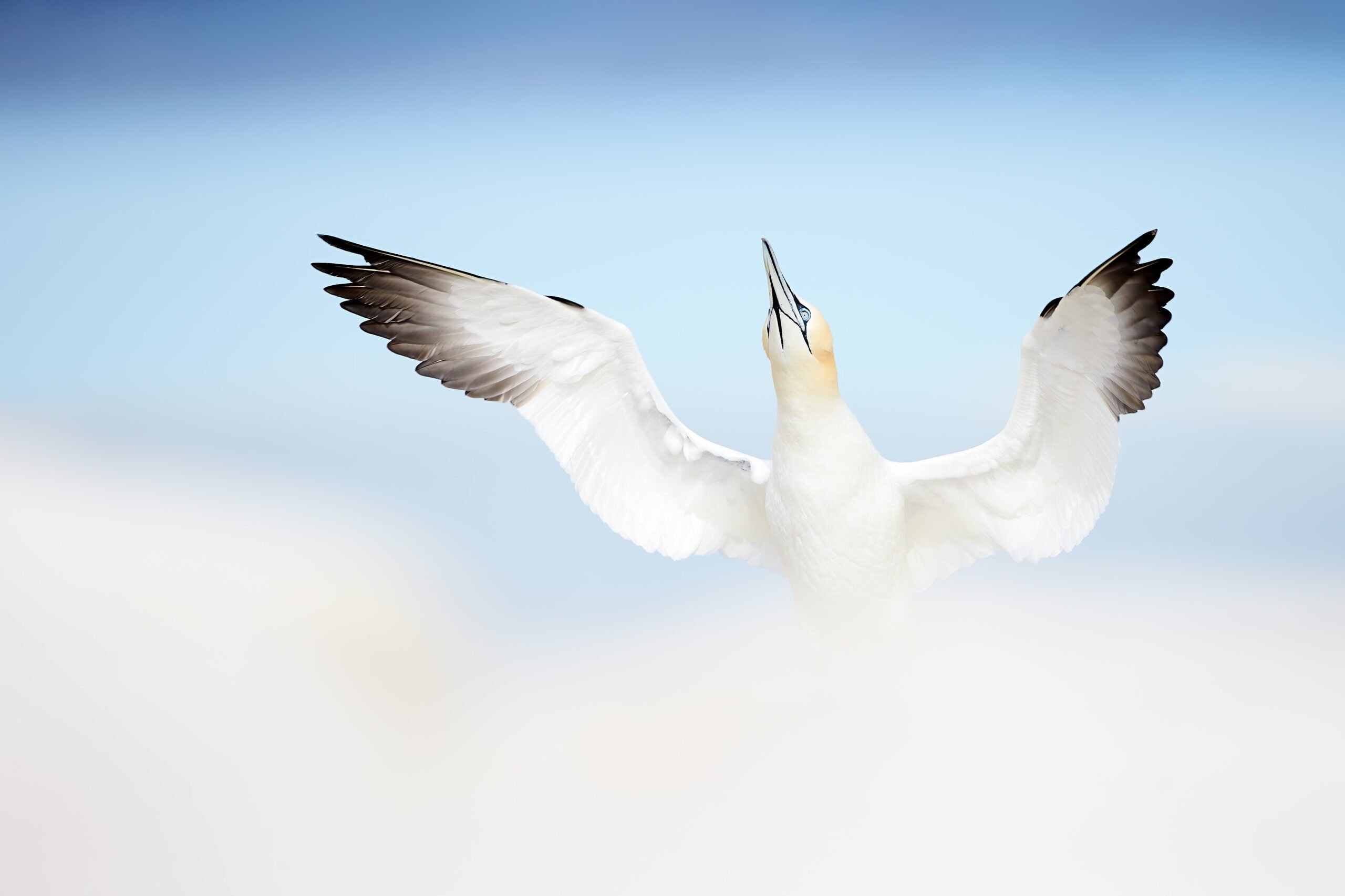
Writing your Own Style Guide
Regardless of photographic genre photography for so many is a passion, rather than a profession. The saying goes that for those who love what they do will never work a day in their life. Photographers who get to earn a living in their chosen genre have often managed it through a huge amount of skill, an element of luck and a lot of effort. They will have worked in a variety of conditions, and wildlife photographers may well have visited more places than many on their journey. Ellie Rothnie’s journey with EIZO is a long one, which during this last year have included Birmingham’s NEC and our Ascot HQ, neither of which are wildlife hotspots. During her visit to our Ascot HQ Ellie sat down with Mike Owen, our Head of Marketing, to discuss her photographic journey.
Ellie is an award-winning wildlife photographer, photographic tour leader, and Canon Ambassador who has been fortunate enough to follow her passion around the world taking photographs of wildlife. Like many photographers, Ellie started her career because of her passion, leaving behind a successful career to follow her heart and follow her dream. The foundations of that dream started as an 8-year-old with her father’s camera, taking eye-level pictures of hedgehogs in her garden and as they went on family walks around some of the most picturesque parts of the United Kingdom.
In the Beginning
Photography is a profession and a passion that requires photographers to trust their equipment and that it will work when needed to capture the moment and work when reviewing the captured moment. Ellie has been a long-time Canon photographer, following in her father’s footsteps, and EIZO owner, having selected the tools within her creative toolbox early on in her professional career, as she explains, “A passion for photography, for most people, probably starts with someone we know from an early age, be it their dad, Mum, an uncle, cousin or a family friend. A lot of people are inspired from a very early age and my dad was my early inspiration. I always had a camera, was always taking photographs of everything, wildlife, landscape, architecture, and friends. But never selfies, because you didn’t do that in those days, it was a very different time. I never appeared in any of these photographs, I was always taking photographs of other people and things.
Wind forward to 2004, I was in Kenya on a safari holiday but obviously had my camera and an old lens with me. There was a Cheetah there called Kike, and she was one of the feline stars of ‘The Big Cat Diary’ at the time, so I knew who this cheetah was.
A lot of people were coming and going so there were a lot of vehicles taking pictures, I stayed in the vehicle with her all day. During that time there was a vehicle parked right next to mine, and there was a professional photographer in that vehicle shooting on Canon, he saw that I got the 300D (the first DSLR under £1,000) and asked if he could take a look. He took off my really old lens, put on one of his prime telephoto lenses. He asked if I wanted to join him to take some pictures. And that’s exactly what we did. We took these beautiful images of Kiki, and it just opened my eyes to looking at the world through a prime lens and also opened my eyes to speaking to a professional. Somebody who did this, as a living, spending months in the Mara and then going to the Arctic.
At the end of the day, he said to me, ‘you’re really different because you’re happy to spend time with one animal and just watch it, watch the behaviours, photograph it, and enjoy it for what it is.’ I got home, looked him up, went on to his website and the photographer was Paul Souders, winner of Wildlife Photographer of the Year with some beautiful work with polar bears, wide angle, submerged in the water.
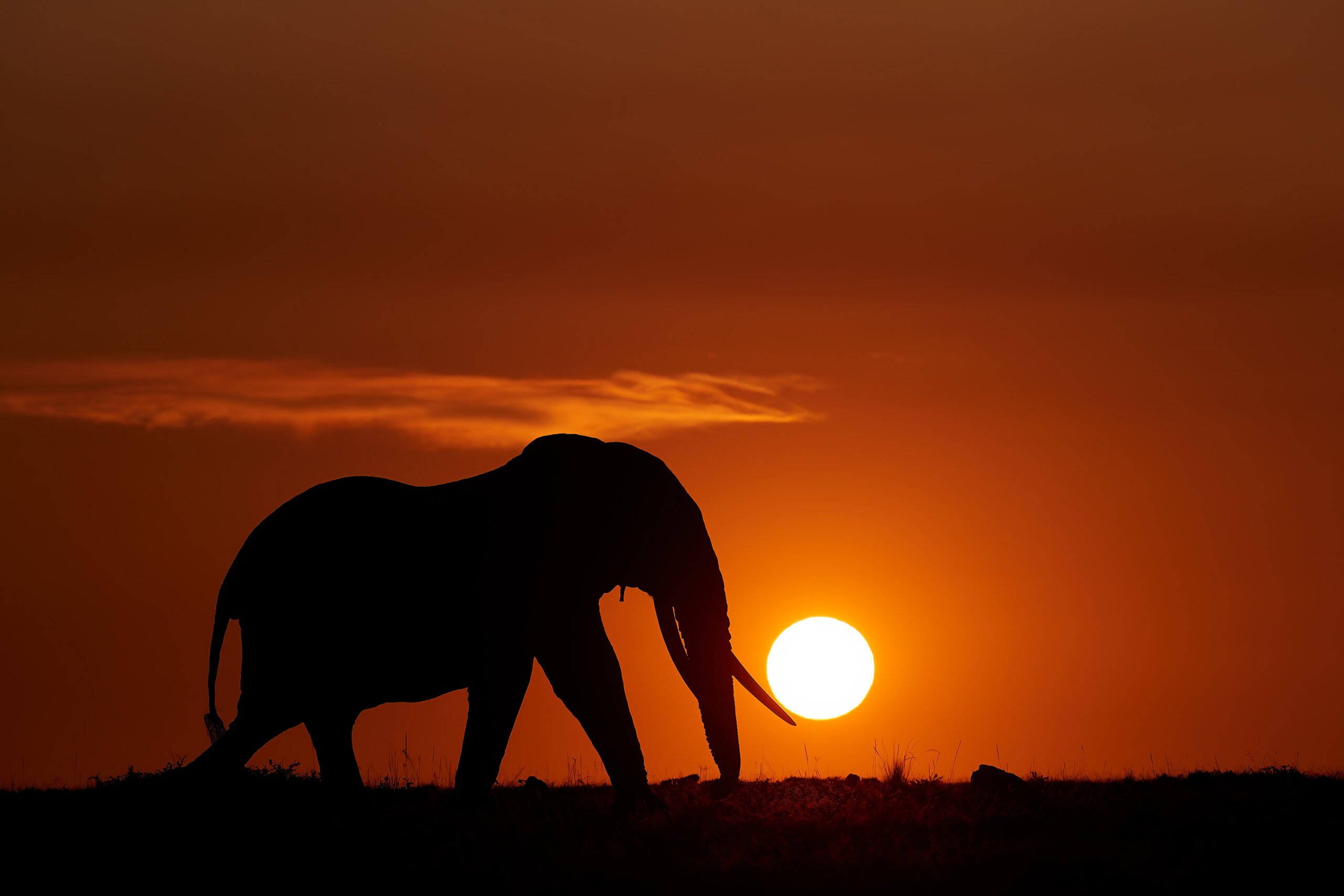
Lighting A Spark
His perspectives and views were very different at the time, to anybody else that I was interested in. He changed something in my psyche. If Dad had created the initial flame, Paul Souders created the next spark. He was so generous with his time, modest and gentle and lovely to chat with, and it was that encounter that ignited my passion. I started taking it more seriously, I was starting to buy kit and using the salary from my marketing job to fund a lot of these purchases.”
It is at this point that I start connecting the dots, Ellie and I had never met before meeting for the interview, but our paths have unknowingly intertwined over a number of years. The EOS 300D was the first camera I worked with when I joined Canon, it was a trip to the Maasai Mara that cemented my love of working with photographers, but I wanted this conversation to be more than just an origin story.
You can read more about Ellie in another interview she did with EIZO previously. I wanted to try and understand what makes her the photographer she is and why she does what she does, not only in her own photography but also in her workshops with other photographers. Ellie is an excellent communicator and is incredibly easy and engaging to talk to. You can understand why she had a successful marketing career prior to becoming a photographer.
Making Emotional Connections Through Imagery
There are many things that connect marketing and photography, but one key area is the emotional connection. The adage of an image says a thousand words, is so true, because a photo gives you so much information and that helps build a broader narrative. In marketing you are looking to make an emotional connection with your audience to garner a response, in photography you are trying to find an emotional connection with your subject, which is why marketing and photography have always gone hand in hand. I ask Ellie what she thinks keeps motivating her and driving her forward in her photographic career?
Ellie responds, “I put it down to one word, and that’s passion and it never goes. I love just going to see the same species time and time again. I’m asked if I find it boring to go and photograph Gannets [Large white seabirds] again, in the same location? And the answer is no, never! You’ll always see something different, be that weather, light or behaviours. You can guarantee you’ll come away with different images, but also observation is the best way of learning about an animal and building your field craft on how to approach that animal and photograph it. And I think you do build an emotional connection, and you try your best to portray this through your photography.
I always prefer it when you know about the animal, we want them to be relaxed in our company and when it’s relaxed, it’s showing its normal behaviour. It might be preening, cleaning its fur, sleeping, or even playing. Animals don’t show those behaviours if they’re uncomfortable with you being there or if you’re within their comfort zone, they’ll just move or fly away.
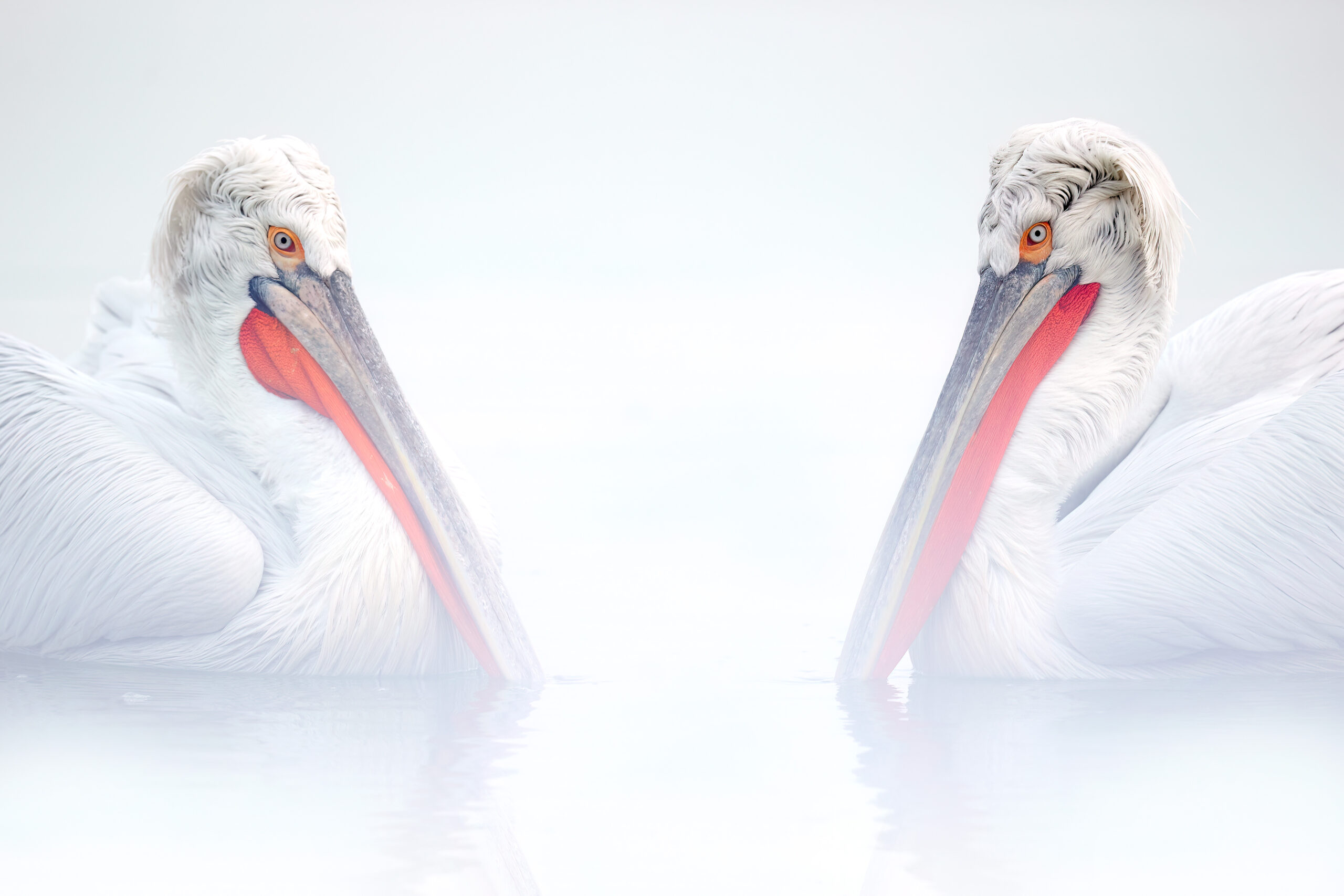
So, you learn that through just being with them, over a long period of time and you do develop that emotional connection. When you’re looking at your image files, you’ve immediately got an emotional connection with that image, and in many cases it’s the build up to that image that lays the foundations for the connection. It might be really difficult to get that image and you’re so happy that you did. So, you have an emotional connection with the subject, the image itself and how it worked out.
The reason for building that connection is ultimately to tell a story. And in many cases, getting an image can take years of returning to the same location, watching the same species. So, it’s sad to think in the age that we’re in now, an image is probably given a couple of seconds and that’s it. Sometimes you have to remove yourself, when you’re assessing your own work to look at it in terms of how somebody else is going see it. And you have to lose that emotional connection when you’re looking at your own work and assessing it.”
Removing The Emotion from Reviewing Your Images
Many photographers struggle with image selection, because of the emotional connection with an image which is the reason photographers will often collaborate with editors because the focus is then on the narrative or the collection rather than anyone individual image or an emotional connection to a specific subject. Having had the honour to be able to witness a number of photographic competition judging sessions, I have often seen a set of images being let down by bad selection, either too many of the same image or an image that does not help the narrative, which is often a favourite of the photographer, but the photographer has too much of a personal connection with a specific image. It is a fine line that photographer and editor have to tread.
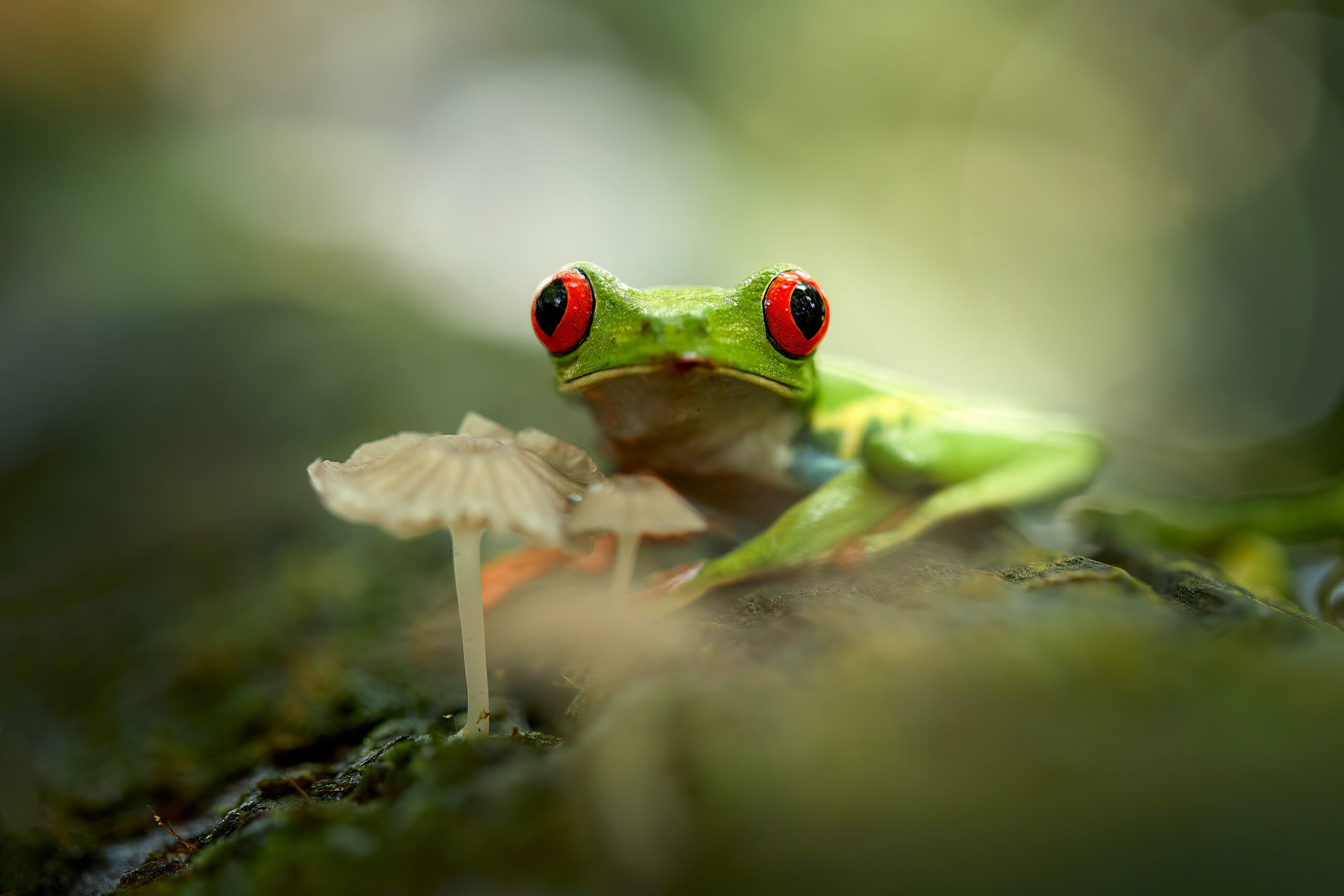
The balancing act is not only around the selection of images, but also around the amount of editing that takes place. There are many reasons why post-production editing may take place on an image, but this can easily spill over into image manipulation, which in the simplest sense, is when you are trying to change the narrative of original image. This could be excessive cropping or in the worst case, the addition or removal of an element via tools like Photoshop. In some circumstances digital manipulation is totally acceptable, especially if you are shooting for commercial purposes, but if you are shooting to enter competitions like Wildlife Photographer of the Year, then digital manipulation could get your image disqualified, so I asked Ellie as a photographer and trainer what her thought processes are to capturing and editing images in her workflow?
Getting it right in Camera
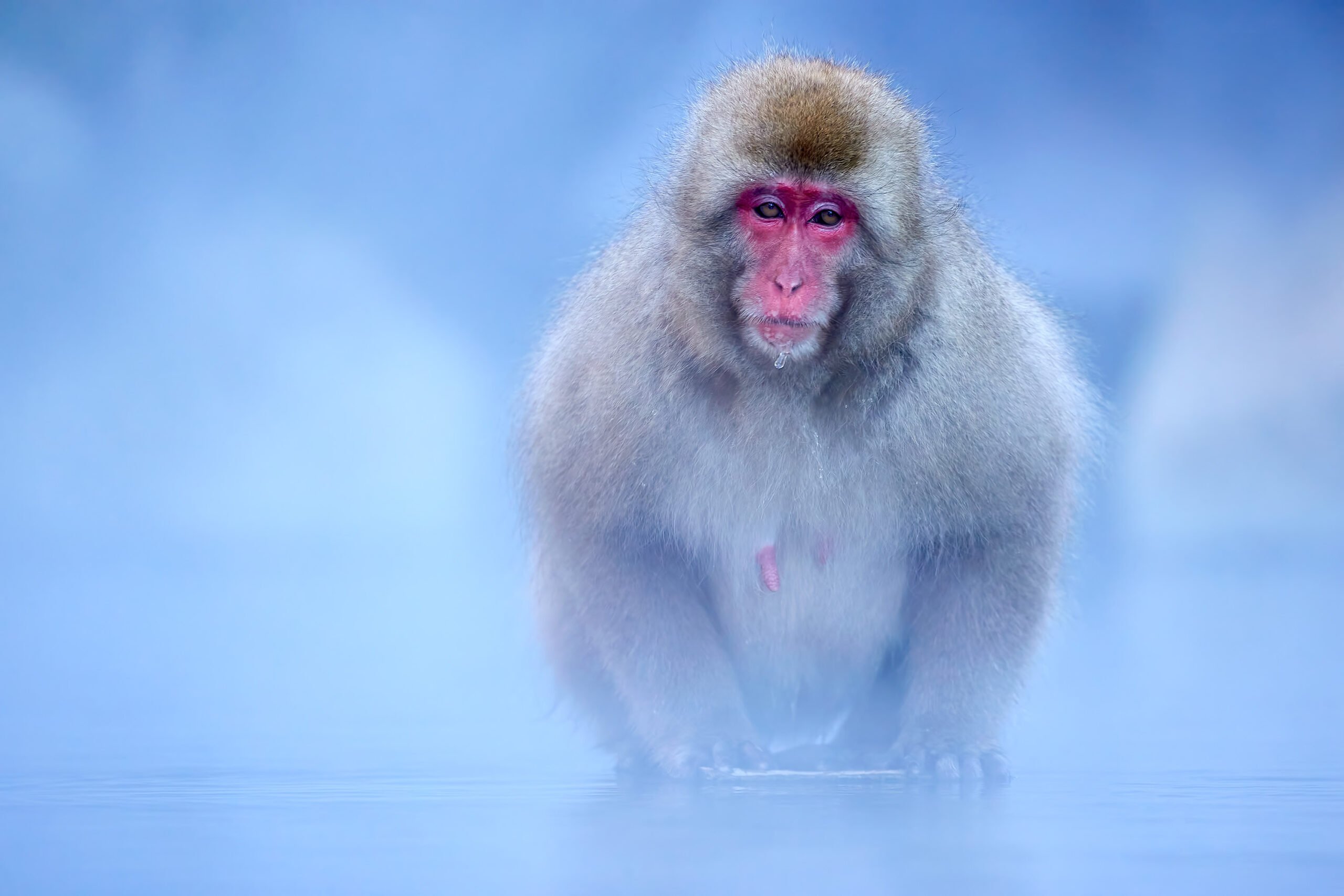
Ellie tells me, “In terms of how I approach editing, my approach generally is to get as much right as I can in camera. When I’m teaching people photography and techniques, I’m really hitting this home, get everything off ‘auto.’ Think about what you’re doing, what you want, most importantly working with the light, as well as where you want to place yourself in relation to the animal. Think about what type of image you want, and the camera is your way of realising your idea. You’re dialling in settings, and you might be doing multiple exposures or slow motion panning to convey the sense of movement. Doing as much as you can in camera is very much my approach.
In terms of post-processing, I’m shooting in RAW, and I like to just get that image back to how I remember it. I don’t push it, and I’ve got a very natural approach to my processing and it’s very subtle. If I tell people that my processing of an image took me 10 minutes maximum, they think maybe there’s some magic in there. People think I’ve got different filters or [Photoshop] actions or something that I’m using to do my processing. It will be maximum 10 minutes. I can guarantee that, especially when you’re doing high key work, that is so easy to process. You’ve just got to learn how to do it, and also, learn how to take those high key images in camera in the first place. I understand that you need the right environmental conditions in the first place to do this, and the right type of light.
So that’s basically how I’m approaching my processing, I’m not adding anything. There’s a slight tweak of levels, a tiny little bit of saturation or even spot saturation, picking out a certain colour tone, adding a little bit of saturation, a little bit of contrast, maybe a tiny bit of brightness, but on a scale of zero to 100, these are all less than 10. Finally, when I’m exporting that file and resizing it for the purpose that I’m going to use it for, that’s the point where I’ll sharpen it, and it might need some noise reduction.”
Ellie is very much of the minimalist school of thought when it comes to her post-production and with a get-it-right in camera mentality, you can never go far wrong.
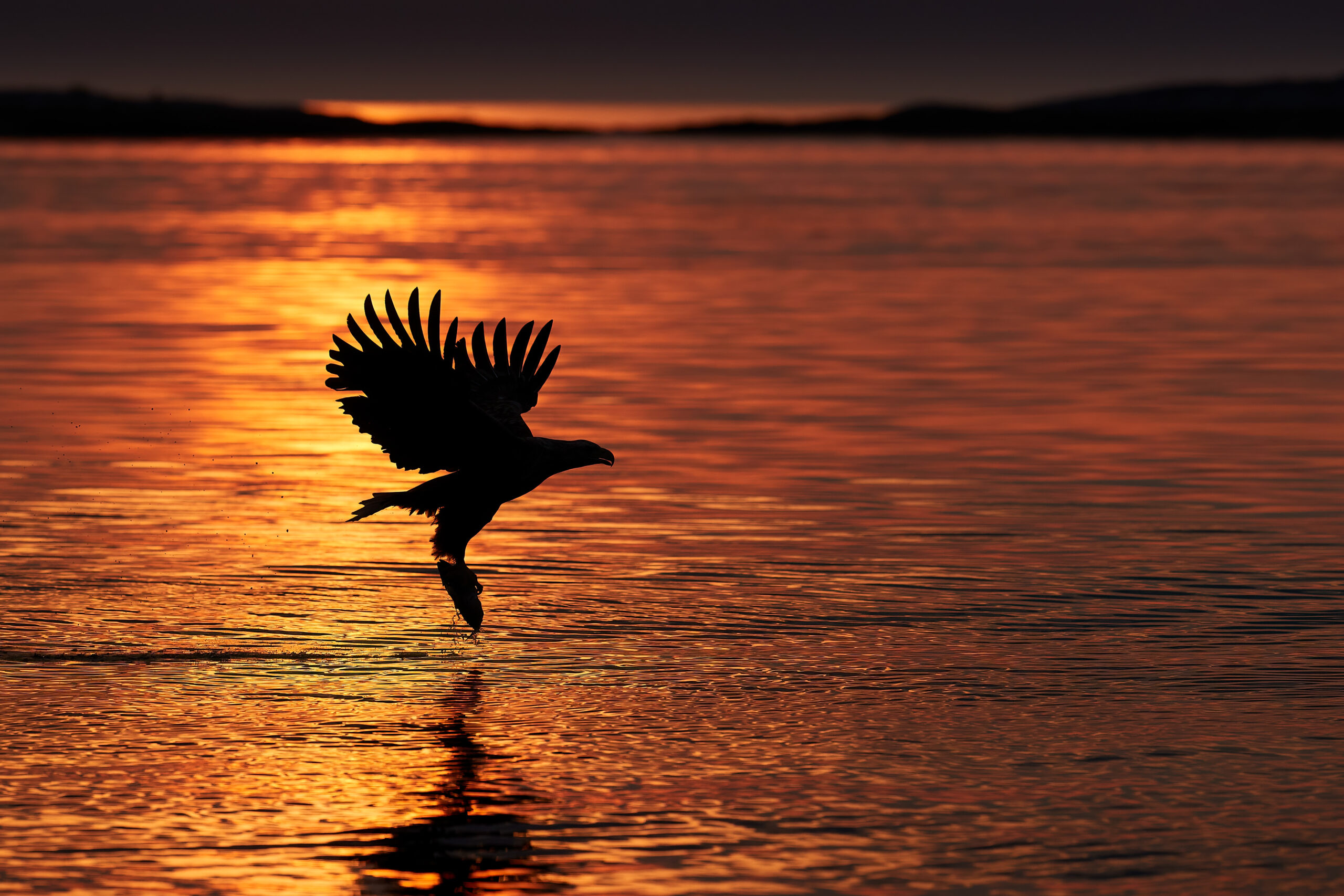
How much Is too Much?
There is a huge difference between capturing an image, like Ellie does, and creating an image. You can create an image in a multitude of different ways whether it is taking various elements and putting them together in Photoshop to create an image with a narrative that may not reflect the natural environment. You can also set up an image, with trained or stuffed animals, or you can use one of the many generative AI platforms, to create an image, but this is not wildlife photography. I ask Ellie whether she has had any question about whether the work that she produces is genuine, she responds, “I’ve never been asked that question personally. You’re obviously aware of these examples, but I don’t see this in the world that I’m moving in.
I can see people are doing things in post processing, I do see images that are put together. There might be an element taken yesterday in a picture as if that was what the photographer saw.
I think there should be honesty if it is a composite, but I don’t necessarily see that level of honesty. In terms of how I approach my photography I’m not doing anything like that, it’s in camera and the important message is get it right in camera, because then you’ve had complete transparency.
There’s a lot of power in Photoshop and with AI now you can change the backgrounds, the skies and you can even add things if you want to. I set myself objectives where I want to develop myself. And using Photoshop and AI for image manipulation is not one of them.
When you work in the industry, you’re a lot more analytical looking at certain images and thinking oh, how did that happen or how did they take that?”
The level of honesty that Ellie brings to her work is the benchmark by which all photographers in her field should hold themselves to, but as we know for some people the lure to try and ‘get away’ with something or find a short cut is overwhelming, they do not want to put in the hard work or the financial or personal investment that Ellie has made. That honesty brings with it a huge amount of credibility within professional circles.
Regardless of credibility and hard work you still need to have a huge amount of ability. You can have all the best equipment, but if you don’t have ability and you are not able to see an image develop in front of you and know when to capture it, your images will not be at the consistent level required to be a professional photographer. Many photographers will look at the work of others when deciding on which location or subject to shoot and many will use this as an inspiration for their own work. Others want to try and get their own version of a shot, while the odd few will want to replicate a shot they have seen. These decisions can be taken either consciously or sub-consciously but depending on your point of view there will always be a discussion around the difference between inspiration and copying.
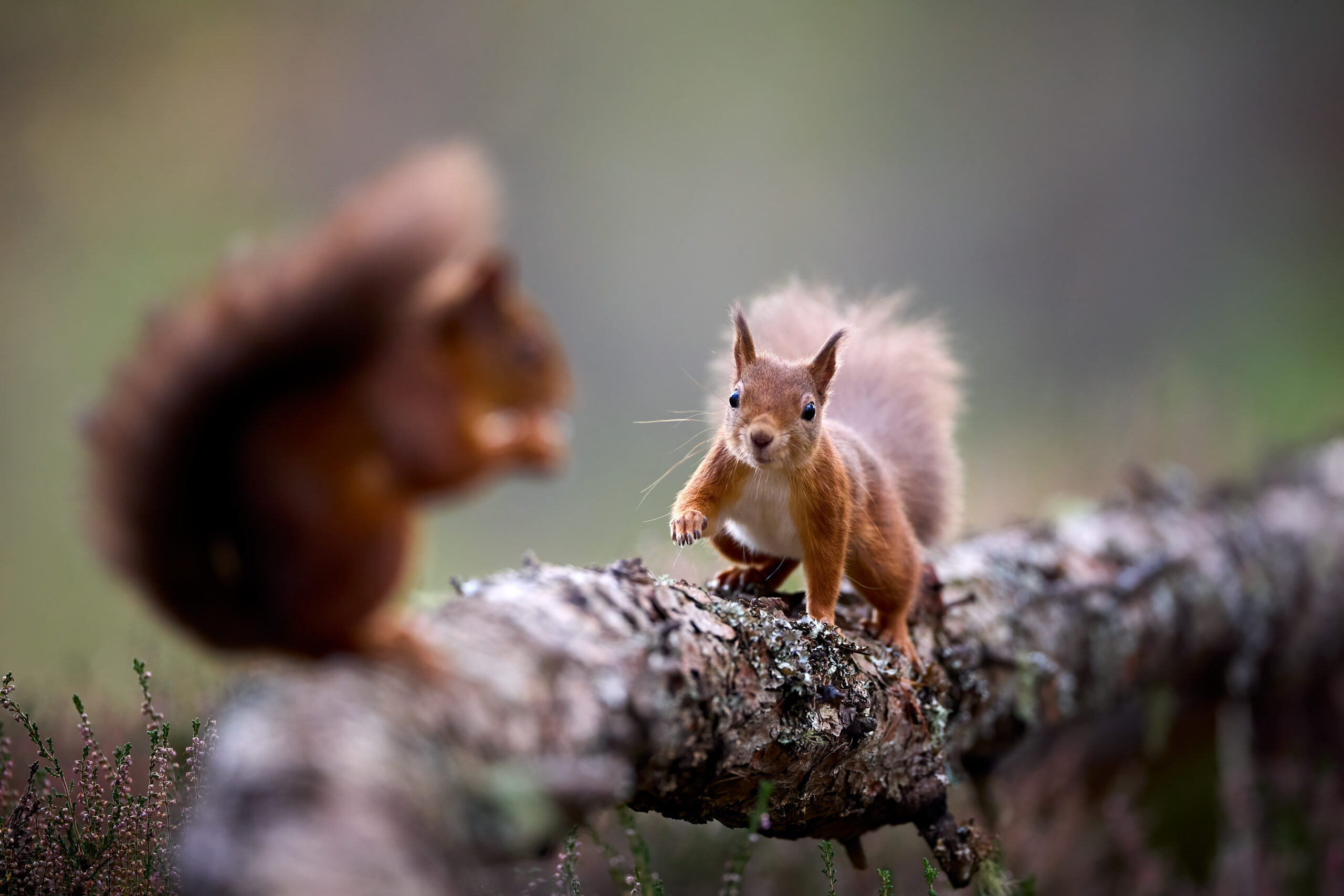
Nature or Nurture?
Over the years of working with professional photographers, I have always said there are two extremes of photographers, those who understand the technical processes of photography in the finest detail and will produce a technically perfect photo while at the other extreme you have photographers who do not understand the technical aspect of photography, but can visualise an image and have the ability to capture the essence of the subject. Then you can create a quadrant, by mapping whether someone has natural innate skill or whether the skill is learnt, the classic nature vs nurture argument, but this provides a subjective way to define photography, without there being a good or bad definition. Alongside that when you are looking at a photographer’s work there is the element of originality vs inspiration vs copying. At the end of the day, photography is a technical art, it requires an amount of knowledge and skill, and an element of luck, alongside a vision to see how the picture might unfold and how best to capture it.
Just as there is a difference between inspiration and copying, there is a difference between learnt skills vs natural talent. Some photographers have learnt the skill of how to take images, and some have a very natural talent for taking images, so is a good photographer down to nature or nurture?
I outlined my thought process to Ellie and asked about her thoughts on this and her standpoint on originality vs inspiration vs copying, knowing there is no right or wrong answer, but I wanted to try and understand a little more about where this desire for an emotional connection comes from.
Finding Your Style
Ellie quickly responds, “It is a good question really, it’s a hard one to be analytical about, isn’t it? Other than I’m quite an experimenter with my wildlife photography. For example, because I’ve worked for many years with Gannets, all the shots I’d seen coming from the island I visit were beautiful but all pretty similar. I was in a position, and I was experimenting a lot with shooting through things. I shot through a rock, now I know it’s a rock, but I used it in my foreground. It was covered in guano, and I brightened that image with exposure compensation. It was creating quite an airy light feel, it didn’t look like a guano covered rock. I believe in trying different things, experimenting. I’ve even shot through somebody’s woolly hat on a trip, and nobody knew it was a woolly hat.
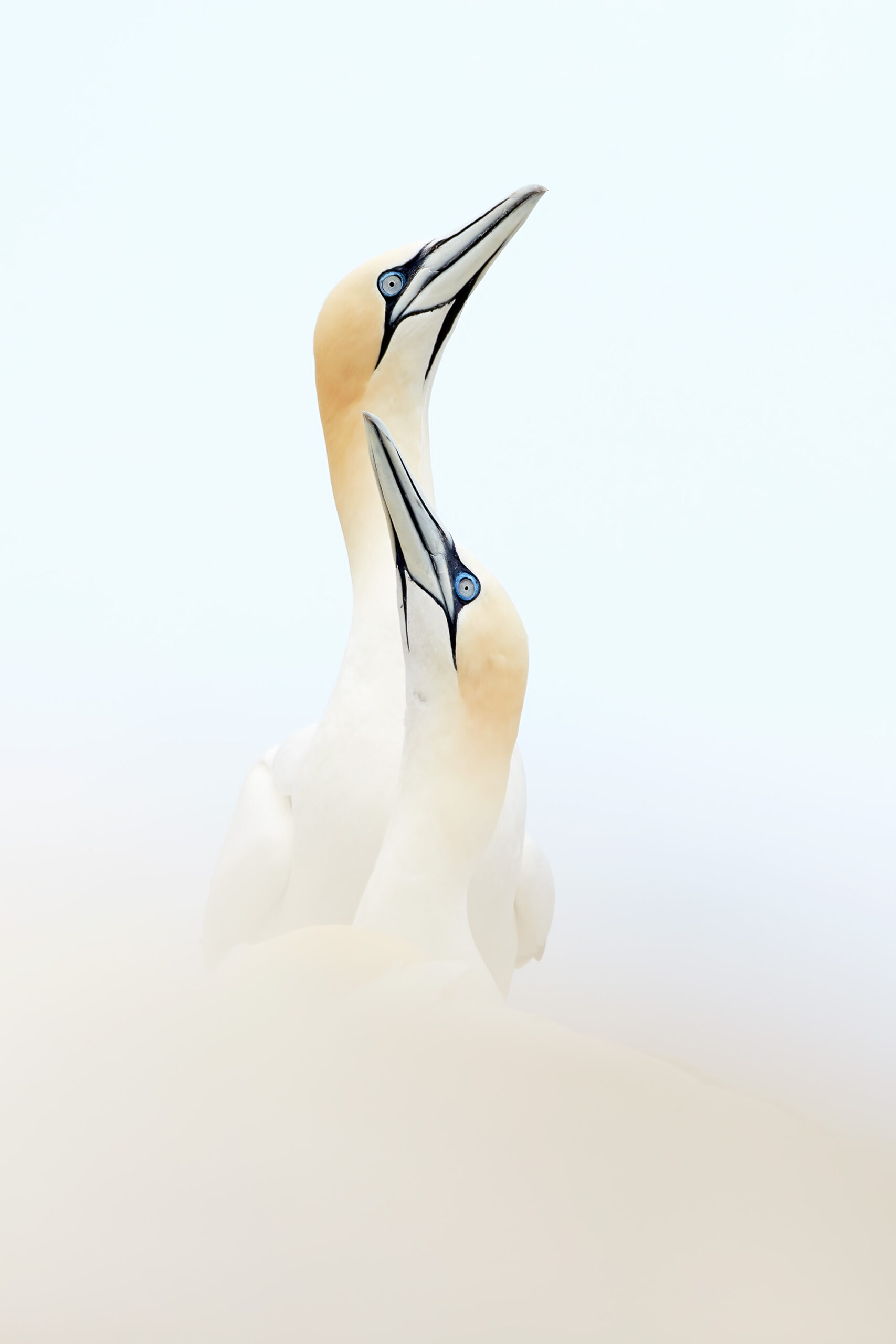
That gannet image was one of those shots, many years ago that made my name and won awards. People were asking how on Earth did you do that? Did you put that mush in processing afterwards? No. It’s a rock, and its nickname is now Ellie’s rock. People have now worked out where it is, and they’ve applied the same technique.
I believe photographic skill is innate. When you first start you are looking at other photographers’ work and thinking Oh! yes, I like that and you’re perhaps looking at techniques and this sort of thing, but it’s important to be true to yourself with your work and do what you like and what makes you feel happy.
Certainly, in the early days, you can get inspiration and work out what you do and don’t like. I think you have to get away from that quite quickly and certainly not copy other photographers, that’s annoying for them, as well as you.
But you can very quickly review your images. With digital we get immediate views on the back of the camera and think, that’s working, but I’m going to get a bit lower and I’m going to go a little bit to the left and actually I’m just going to shoot through that and see what happens. Digital allows us to be quite experimental, the effects are immediate and you’re thinking I’m liking what’s happening here. That’s very much your own creativity; it’s coming from within.
That’s the best way, in my experience, to develop your own creativity and your own personal style. You can teach the technical aspects, but personal style is really hard to teach somebody.
Wide Apertures & Prime Lenses
The image of the Gannet is a great example of where prime lenses come into their own because you need wide apertures for this technique. You can’t do this at F11. You’ve got to go as wide [open aperture] as you can and then focus on the subject. Sometimes the camera won’t focus because there’s too much in the foreground that you’re shooting through, so you just switch to manual focus.
I use that technique so much now, even with macro work with butterflies, snakes, lizards as well as with birds and mammals. I’m always looking to see if there is anything in the foreground because that just makes the image a bit more intriguing, it’s what I like to see.” As a photographer you have to put a little bit of yourself into each shoot, otherwise there is a likelihood that your work could be a little bland or a copy of what has come before. While many may call this taking inspiration, others may consider it plagiarism.
The technique that Ellie employs of focusing through subjects and isolating subjects in her frame, will be achieved most efficiently with an understanding of her camera and how it works. Too many photographers rely on the automatic features of the camera, but delving a little deeper into the camera settings and utilising features like the ‘back button’ focus and single point focus, allows you to start and stop the camera focusing exactly where you want it in the frame, as this is not something you can always guarantee with many of the automatic focusing functions in the camera. The ‘back button’ function is something that Ellie has utilised to perfect her technique and she teaches this to other photographers on her workshops, as she explains, “as an example, you’re taking an image of a bird, but there are other birds in the foreground, the same species, and you can work with them to your advantage by creating a blurred foreground.
The Importance of Foregrounds & Backgrounds
Backgrounds are important too. I always stress that and the importance of looking at foregrounds as well as backgrounds, because if you can get some clarity with your background at a wide aperture, the subject really pops. As Wildlife photographers, we are in messy conditions and you’re just thinking, what’s the right lens to use here? I want to cut out all the mayhem that’s going around this one bird. When I get to a location, I’m watching for a long time, I’m not immediately getting the camera out and shooting. I’m just watching and thinking, I’m just taking it all in and then maybe looking at one subject that I’m interested in because it’s showing some interesting behaviour.
Then I am thinking, what lens should I use for this? Do I want the whole scene or is there a lot of mayhem or a lot of mess in the foreground or background?
Am I just going to go in really tight, is there going to be some nice space around the subject? I just want to cut through everything else. That’s when you reach for your 500 or 600mm, to focus in on the one subject in the distance rather than those near you.
So, you’re considering a lot, really, when you get to a location. But I think if you have got a messy habitat, you need to look at it again and try to create form with it, because sometimes we can’t move ourselves. We might have restrictions, we might be in a hide, or a vehicle where you don’t want to move because you’ll disturb the animal. So, you’re very much creatively thinking how to make the best of that situation that you’re in.
Our brains are wired to recognise the visual first. You learn that in the early days when you’re in marketing, the classics of advertising were always the image first and then the headline and then the supporting copy. That was the classic way of building a good ad campaign. So, I’ve always been image-led when looking at marketing. For sure that’s been an influence for me.”
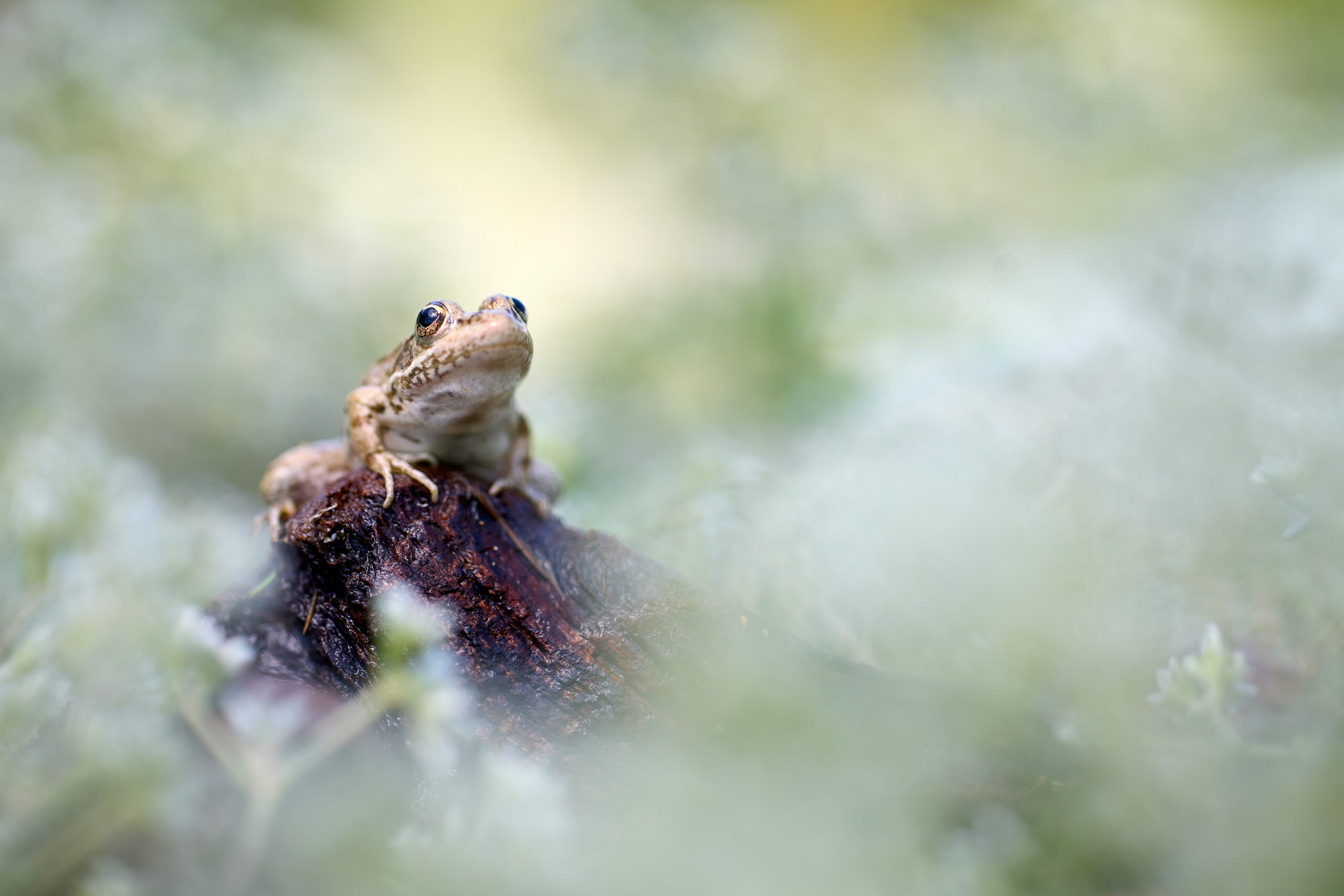
Resilience & Adaptability
Ellie’s marketing background influences everything she does these days, whether it is her ability to communicate via the medium of her photography or via the workshops she runs, both of which were impacted during the pandemic as she explains, “When COVID hit, as a freelance photographer, I lost my job overnight, as did many of my peers. It was a really tough time. It’s hard to tell people how difficult that first year was, with all the uncertainty, cancelling and rearranging things, you were always working on the never, never. I was actually really busy, however, although I wasn’t earning money. It wasn’t psychologically a great time for myself or anybody. And then it got to the end of 2020, and I thought this isn’t going to end anytime soon, and this is where my growth drive came in again. I signed up for the Open University and started a degree in Biology, I did my first year in 2021. That was just the focus that I needed to keep everything alive with the photography.
Myself and a group of other photographers were doing webinars, but we weren’t charging for them. We just wanted to keep the community together. Then three of us put together a great six-week master class, and it sold out immediately. We ended up doing two master classes back-to-back, that generated income for us, but there was also the psychological benefit of working again.
It’s taken two years to catch up again, being allowed to go out, guide trips, meet people and do talks. So, I’d say it’s only started to feel normal again in 2024, after a period of treading water and not progressing. With hindsight, I think it’s a really good thing, to have these personal reviews every now and again because things do change, the market changes, your own objectives change.”
Taking Time to Reflect & Learn
Again, you can hear Ellie’s marketing background coming to the fore in her response. Having the ability to review and analyse your work, then to action the learnings is critical, but not many photographers do not have enough experience outside photography that they can draw on to help develop their photographic careers, and this is why industry bodies like The Association of Photographers (AOP) are really important to provide knowledge and expertise for photographers.
Photographers also do not often have the luxury of time to reconsider their direction, because as the fees for photographers and their work is being driven down, they are having to take more work and shoot more projects to generate the same income they where able to generate previously. COVID affected and continues to impact so many photographers who have been unable to regain the losses from this period, but photographers like Ellie who took the opportunity to invest time in themselves and their business, have set themselves up for challenges that they may face in the future.
Photographers like Ellie leave no stone unturned in their creative journey and this relates to all angles of their business and the tools that they use. Very early in her career Ellie decided that she was going to use Canon cameras and lenses, but the capture is only half the battle. As Ellie mentioned, she only does minimal editing on her images, but she still understands the value of the entire creative toolbox and chose EIZO as her monitor of choice. Ellie tells me, “I still say even now that the ColorEdge was an absolute game changer for me, because I had a lot more confidence in the way that I was processing the images, and I was doing it very subtly. Then that is what then the editor sees or that’s what the printer sees, that’s what I’m going to supply even on social media or my website. So, it was game changing, it’s the final window. It’s the only part of the creative toolbox where you see your work come to life.”
The job of the photographer is to capture the moment and then bring the moment to life, for the audience, whether it is for a client or for themselves, the image should invoke an emotion, stir a memory or generate an emotion, and while the photographer captures the image on a camera, it is only when the image is finally reviewed can you tell whether it hits the mark or not. You can get a good idea on the back of the camera, but it is the monitor where you see your image as it is meant to be, composition and possibly more importantly the exposure and the colour. If you are not working in a colour managed workflow, with a monitor that can show the full dynamic range of your image, that how can you be sure what you will get in the final frame?
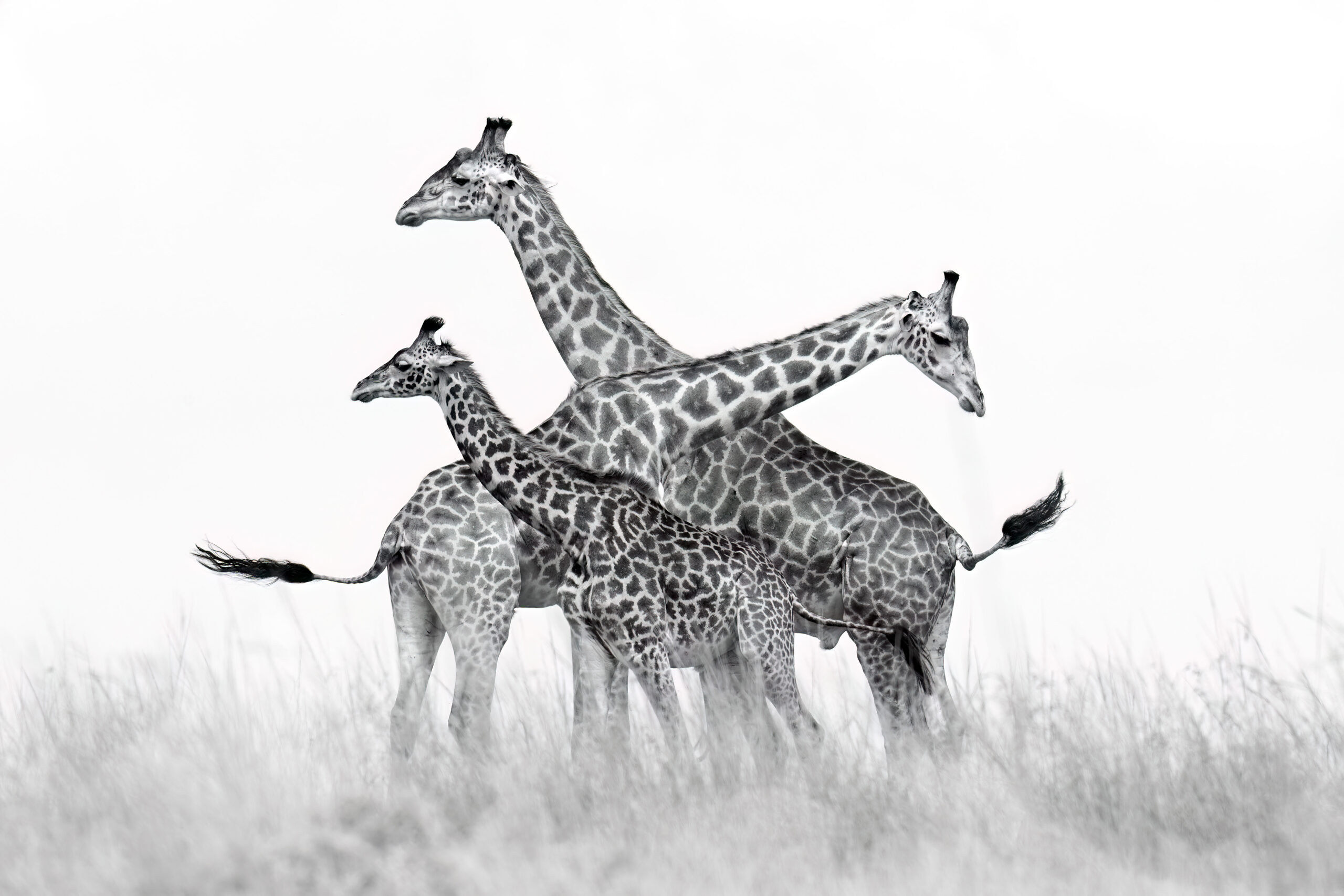
When I first spoke to Ellie, I was excited to discover that she is an EIZO user, as a long-term admirer of her work, it gave me a huge opportunity to understand her workflow, her inspiration, and her rationale for how she shoots. Understanding her background in marketing crystalised some thoughts I had around her work. Reviewing her work now, I can clearly see how her understanding of emotion and how to communicate emotion, brings another level to her work, but when you look at her work with a marketing filter rather than a photographic filter, was when I started to see the full picture…so to speak. Her work could easily be the lead image in a wide array of marketing campaigns, and that is a testament to the life Ellie led before she turned her hand to photography professionally and is what will keep her work relevant for years to come.
Ellie is still using her trusty ColorEdge CG277, you can check out the latest range of 27inch ColorEdge monitors here
Providing Absolute Coverage : Why Absolute Post selected ColorEdge for their end-to-end monitor solution.
Find out why London post-production house Absolute Post selected EIZO as their monitor partner. Absolute Post are an award-winning London based post-production company with a rich and varied history working on Film, TV, Commercials and Music Videos, over their 20-year history. In early 2024 Absolute moved into the new facility, bringing together their edit, colour, VFX, CGI and sound departments under one roof.
EIZO FlexScan FLT Product Showcase
Discover EIZO’s Most Energy-Efficient Monitor with World-First Class A European Energy Label.
EIZO ColorNavigator Network: Solving the Colour Managed Workflow
Unlock the full potential of your EIZO monitor with our comprehensive setup guide for the EIZO ColorNavigator Network.
EIZO Interviews Victor Perez Part 2
Victor Perez’s career is probably the most literal example of rising from the rubble of his home in Italy to working on award winning films in London.
EIZO Interviews Victor Perez
Victor Perez is a visual effects supervisor who has worked on many blockbuster movies including Harry Potter, The Dark Knight and Star Wars.
EIZO Interviews Fifty Fifty Post Production
In conversation with Elliot Riella from Fifty Fifty Post Production about his love of EIZO and how they perfectly fit into his Autodesk Flame workflow.
EIZO FlexScan: The Best Monitors for Office Work Environments
Investing in the best monitors for office work means more than choosing a desktop monitor. It means long-term savings, improved continuity, productivity, and well-being for your organisation.
The State of Sustainability in UK IT Teams
Sustainability is front-of-mind for most of the public with 70% of people wanting to see businesses take more action on climate change.
EIZO Monitors: A Legacy of Innovation, Quality and Sustainability
Choose an EIZO monitor and do not just settle for the basic screen that normally comes as standard with the computer.
Why should I choose an EIZO monitor?
If your organisation values quality, longevity, and sustainability, you should choose an EIZO monitor.
EIZO Interviews Clive Booth
Clive Booth is a commercial photographer who has worked for many iconic luxury brands, he has photographed celebrities and shot films around the world.
EIZO Interviews Tigz Rice
Long-term EIZO user Tigz Rice, who has established herself as one of the leading empowerment photographers with an incredibly successful career shooting
EIZO ColorEdge PROMINENCE CG1 Product Showcase
EIZO releases 30.5-inch ColorEdge PROMINENCE CG1 true reference monitor with built-in calibration and advanced interfaces for efficient creation workflows.
EIZO FlexScan EV4340X Product Showcase
Discover EIZO's largest FlexScan EV4340X monitor with built-in USB Type-C dock for business professionals.
EIZO FlexScan EV3450XC Product Showcase
EIZO Unveils Its First Ultrawide, Curved Monitor with Built-In Webcam, Microphone, and USB Type-C Dock for Business Professionals.
EIZO Interviews Hamish Brown
Never heard of Hamish Brown? Well, that is probably not a surprise as it is not unusual for photographers work to be the cover image of the album or the front page of the book or magazine. If you have heard of Robbie Williams or Anthony Joshua and seen a picture of either of these British Icons, then it is more than likely that you would have seen some of Hamish’s work, but it is probably still one of the best photographers of which you have never heard.
UK EIZO Student Awards 2022
The EIZO Student Awards is an annual competition hosted in the UK that provides students studying photographic and filmmaking courses an opportunity to showcase their talent and develop real life experience that will hopefully give them a head start in the creative industry.
Sustainable by Design
At EIZO believe that we have a duty to do what we can to ensure the future of our planet, so everything we do is ‘Sustainable by Design’.
Small Streams Make a Mighty River
Sustainability is becoming more important to individuals and companies alike, and if we all take a few small steps, we can all move towards a more sustainable future.
